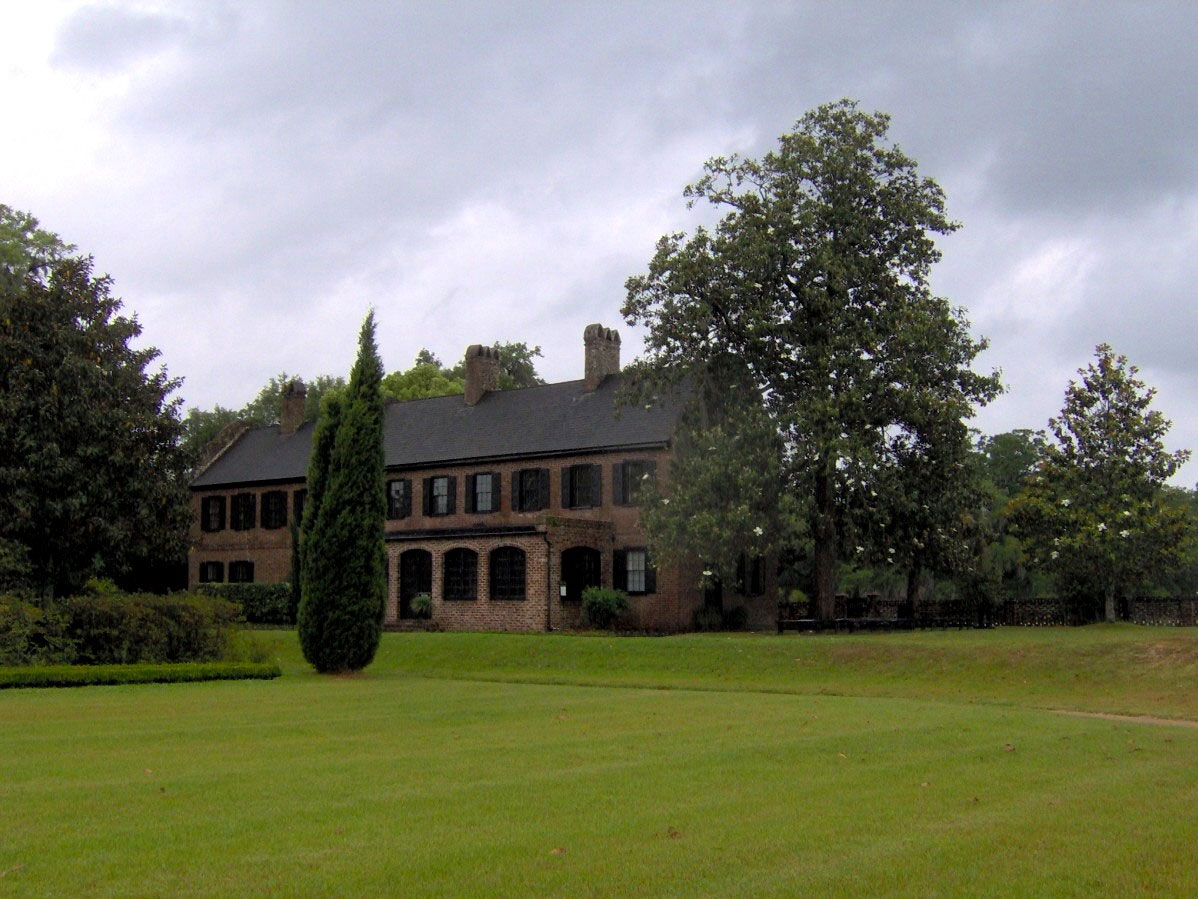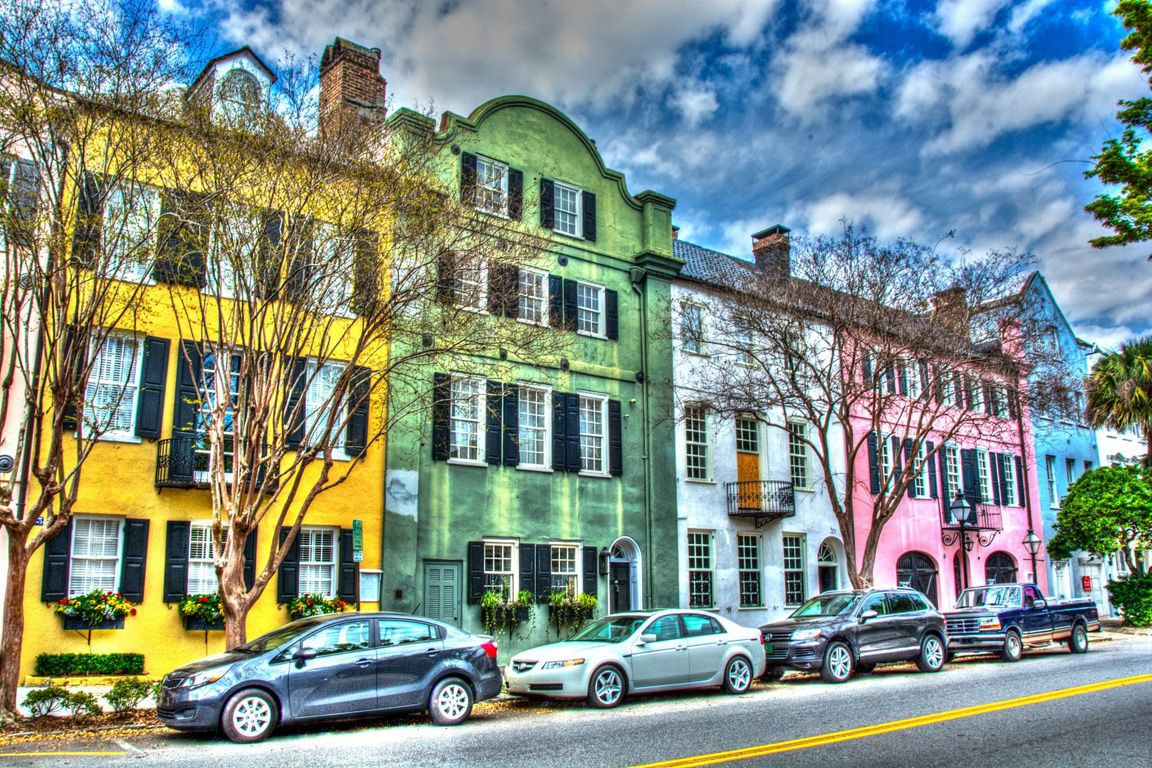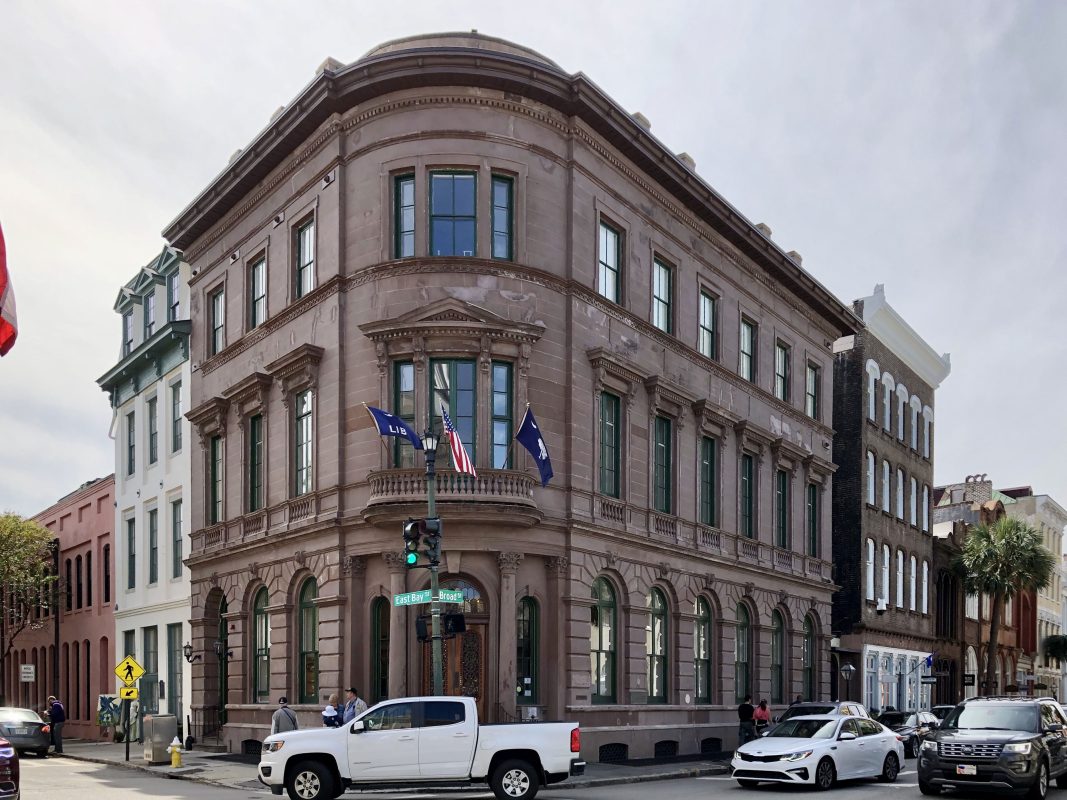Mossy oaks, sprawling gardens, lawns dotted with fluffy grazing sheep, and the lazy waters of the Ashley River rippling by: with all these classic features, Middleton Place is truly a Southern paradise.
In August, we were privileged to visit this beautiful plantation and experience a step back in time while exploring the grounds and staying overnight at the celebrated inn. Despite visiting on a humid summer day and getting caught in the rain, the atmosphere at this amazing 1700s estate was peaceful and charming as we wandered through the Versailles-inspired gardens and past paddocks filled with mischievous goats and curious water buffalo.
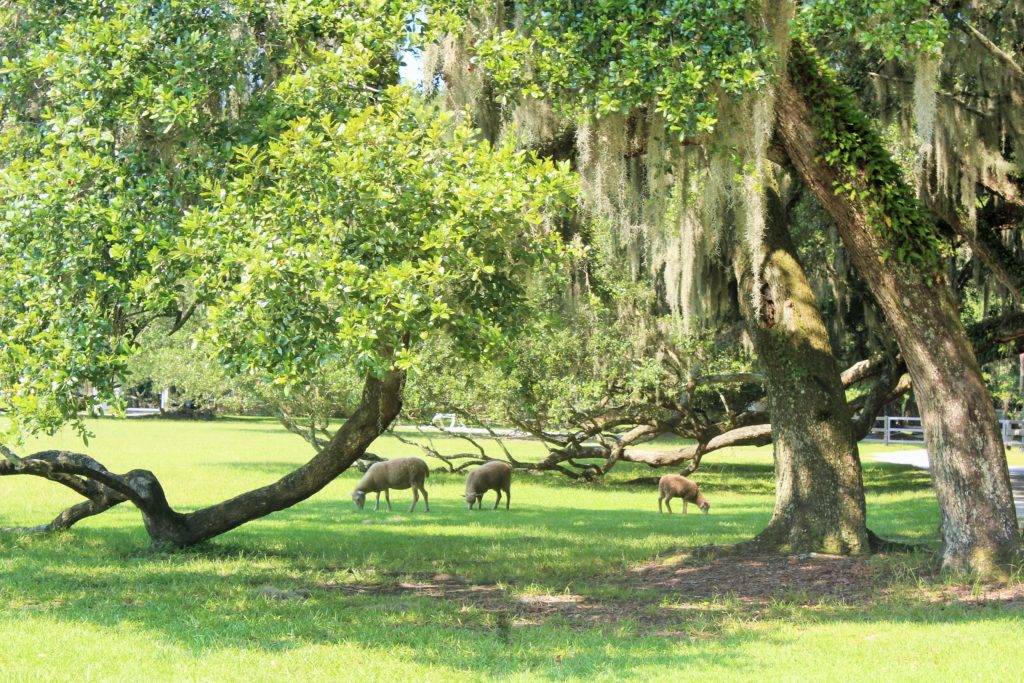
I would honestly return in a heartbeat to have more time to take in the beauty and history of this significant National Historic Landmark. There was so much to see and tons of significant historical facts to take in.
Today, I’d like to share the highlights of the plantation and inn with you so that you can understand what an incredible place it is and plan a visit for yourself! A complete tour of the grounds and house will take about 4 hours, but you can do the “highlights” in about 3. There’s a lot to cover, so use the menu below if you want to skip to a specific section!
In This Post:
- The Inn at Middleton Place: Stay on-site at a gorgeous nature-inspired inn with floor-to-ceiling window views of the water and forest.
- The Middleton Place House Museum: Discover what life was like for the Middleton family and their servants.
- The Middleton Place Restaurant: Devour Southern-style comfort food with elegant twists.
- The Middleton Place Gardens and Grounds: Explore beautiful, geometric gardens inspired by the ones at the Palace of Versailles (I’ve seen both, and I was definitely impressed!), as well as sweeping lawns, rice paddies, and shimmering ponds.
- The Middleton Place Stableyard and Slave Quarters: See what life was like when Middleton Place was at the height of its glory, from sweet farm animals to elaborate carriages and a working blacksmith shop! Plus, learn about the history, culture, and treatment of the slaves at the plantation.
Watch Our Adventure on YouTube!
The Inn at Middleton Place
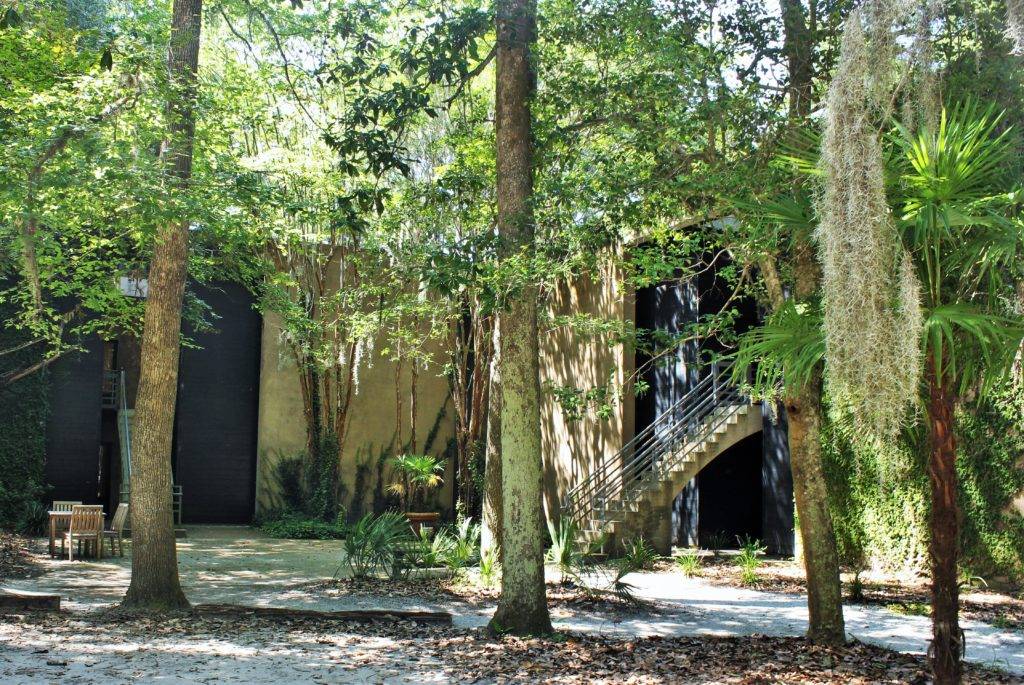
We chose to spend the night on-site at Middleton Place’s lovely inn. The inn’s 55 rooms are broken up into several simple, modern buildings draped in ivy and showcasing floor-to-ceiling windows that look out onto the river.
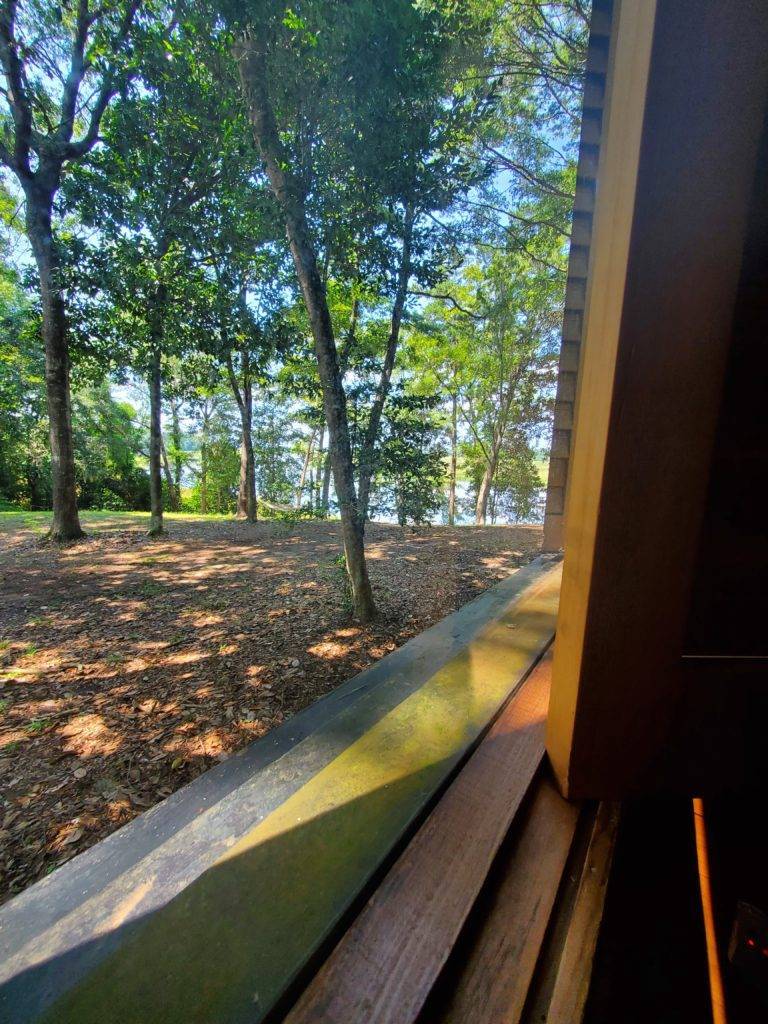
This stunning blend of nature and hospitality earned awards for “Charleston’s Choice Hotel” from The Post and Courier and Southern Living‘s “Honor Award,” so I knew we had to stay here rather than in town.
Inside, the simple rooms fit right into the plantation’s old-world atmosphere with polished wood paneling and shutters, cozy braided rugs, wooden chairs, and stone fireplaces. Additionally, the large bathrooms feature marble baths with European-style tubs, welcoming light from frosted glass panels, and spacious counters. Of course, all the modern amenities of air conditioning, wifi, and a mini-fridge were also present.
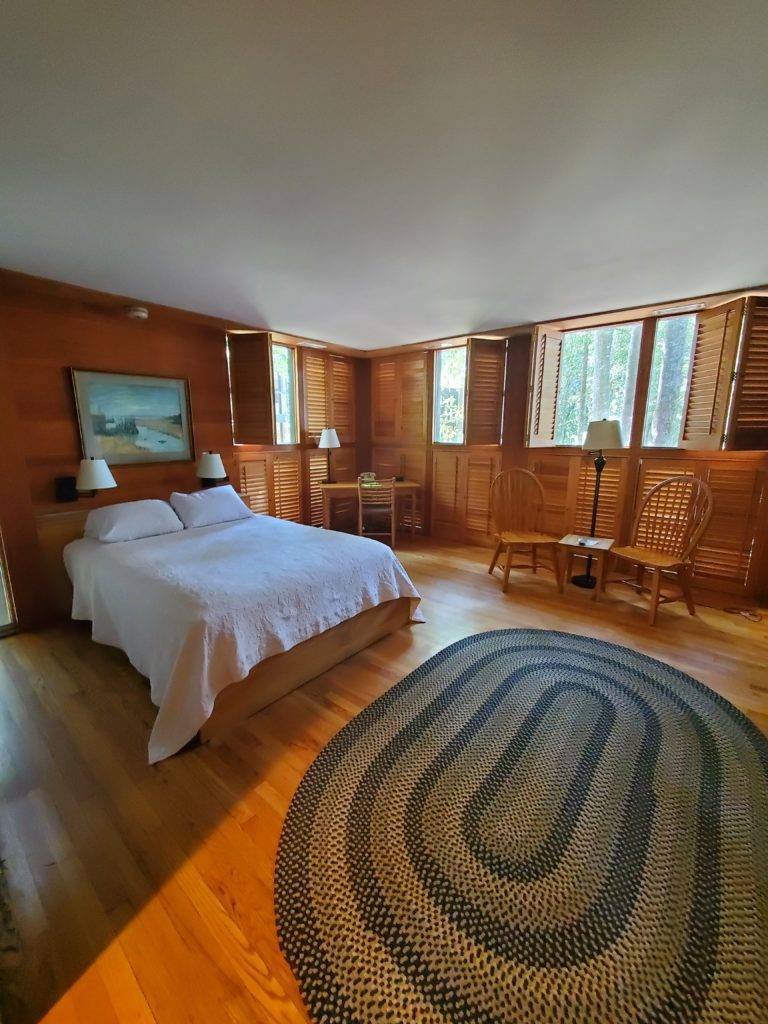
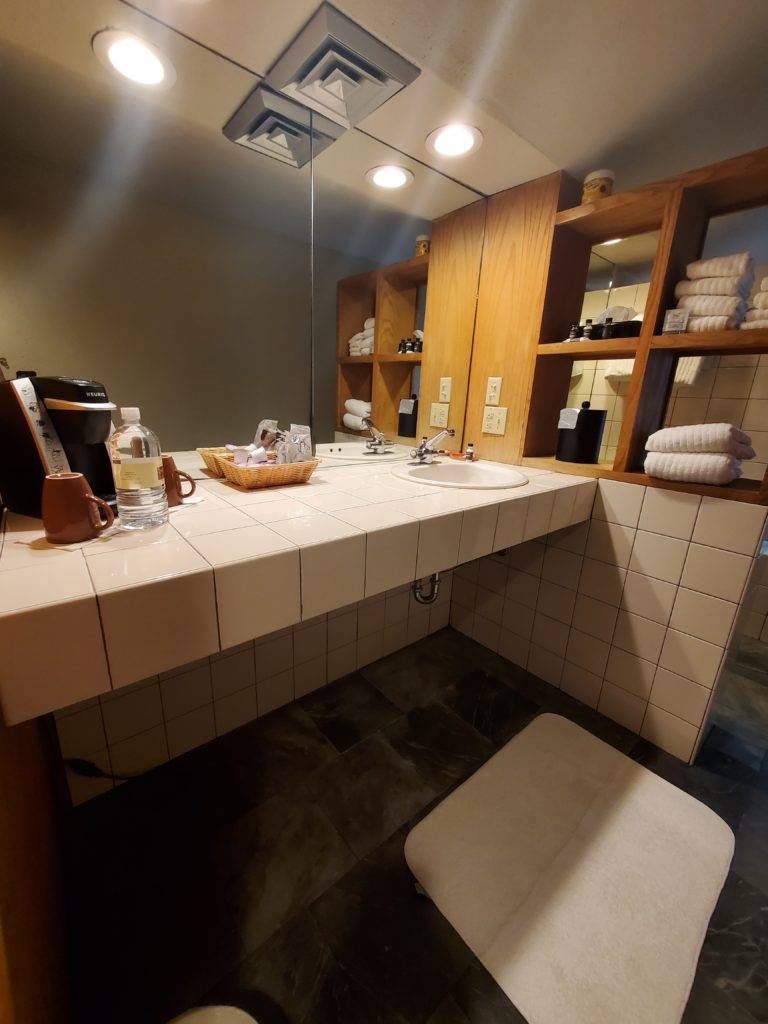
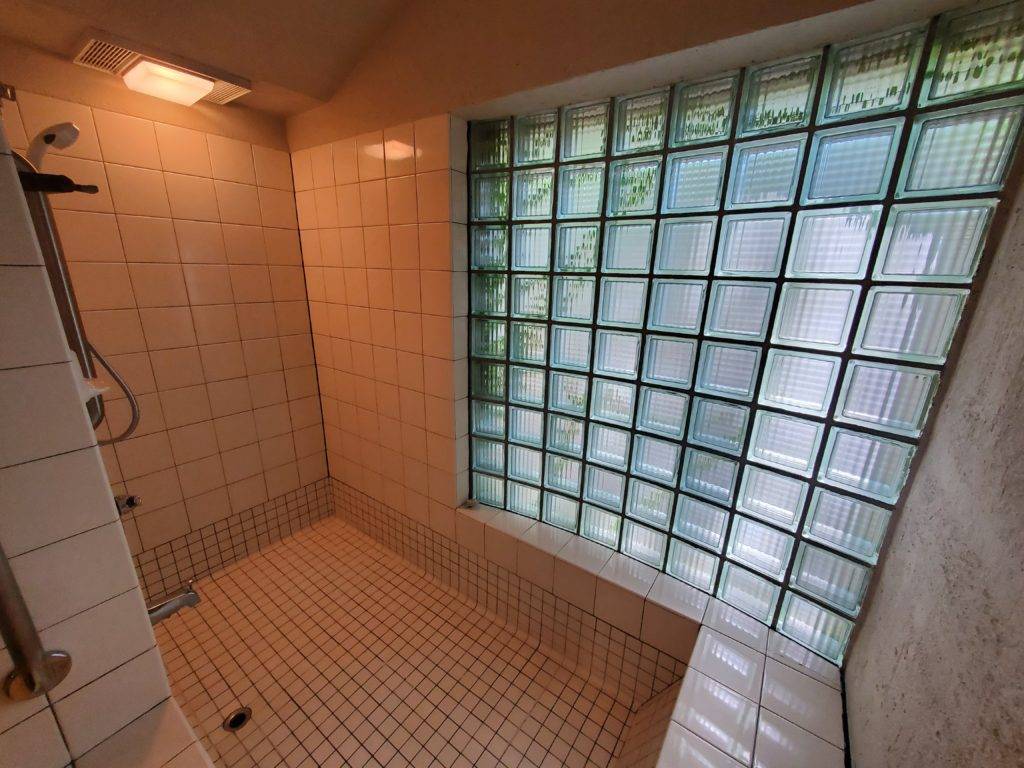
We loved soaking up the morning light from the two walls of windows in our Riverside room and sipping on the inn’s special blend of coffee from the Charleston Coffee Exchange. The room was so peaceful, and fellow visitors’ normal noises were happily exchanged for those of nature.
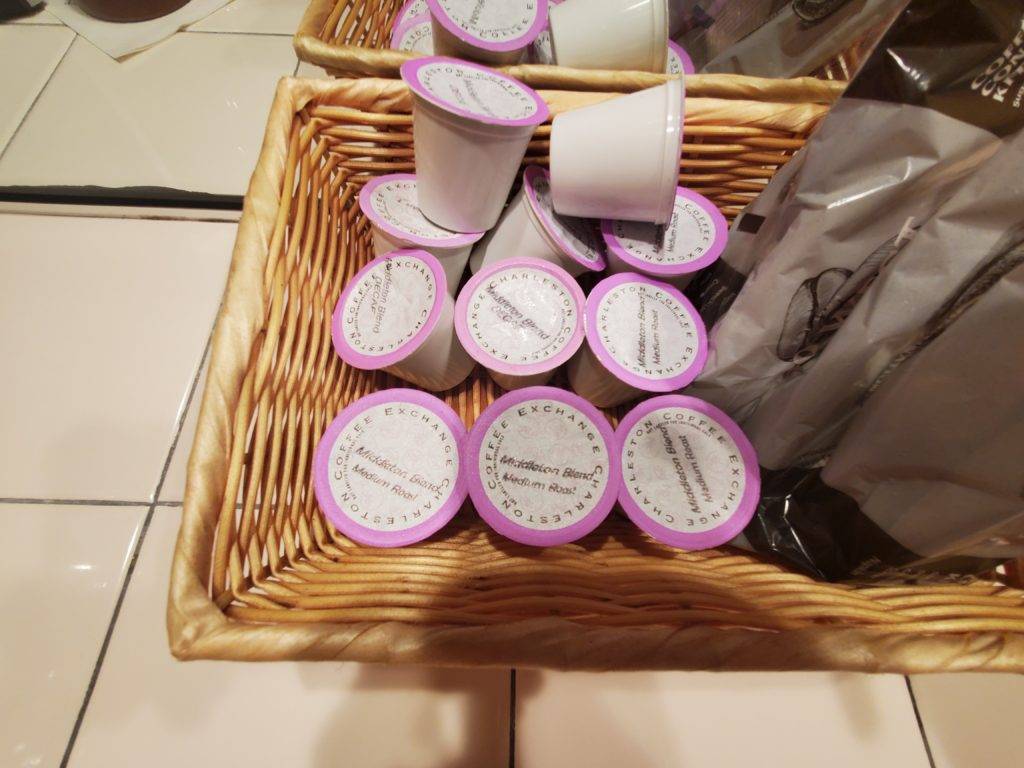
On-site, the inn also offers a large outdoor pool (Check for alligators! No, seriously–check.) and the Lodge, which is the perfect place to relax with the inn’s extensive board and lawn game collection or some snacks. You can also set up kayak tours and horseback riding excursions from the hotel to really enjoy the stunning nature surrounding the inn.
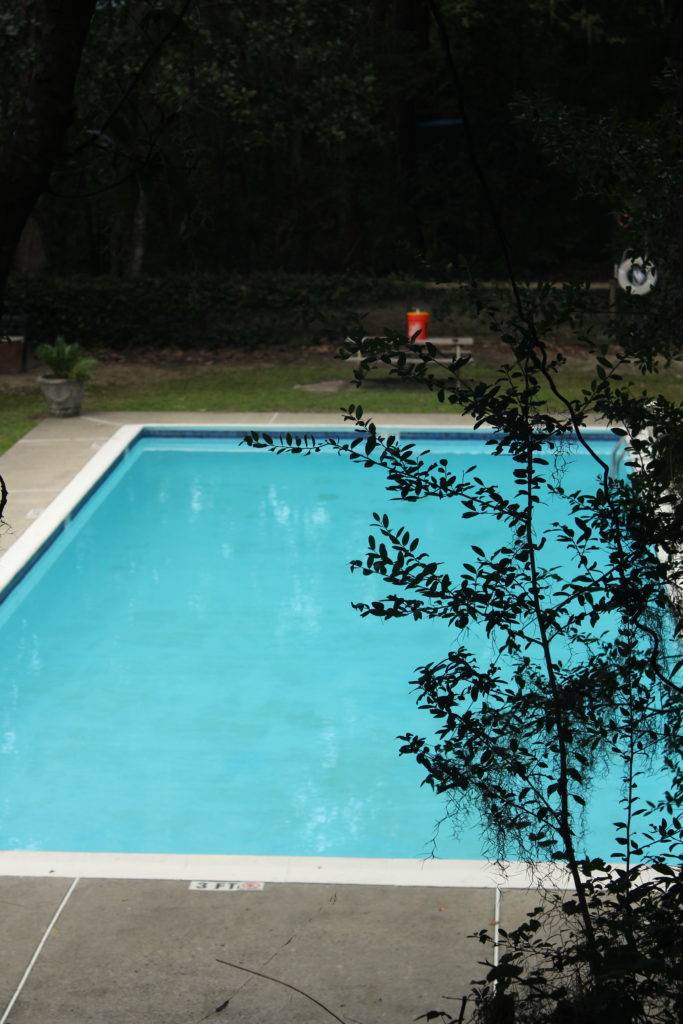
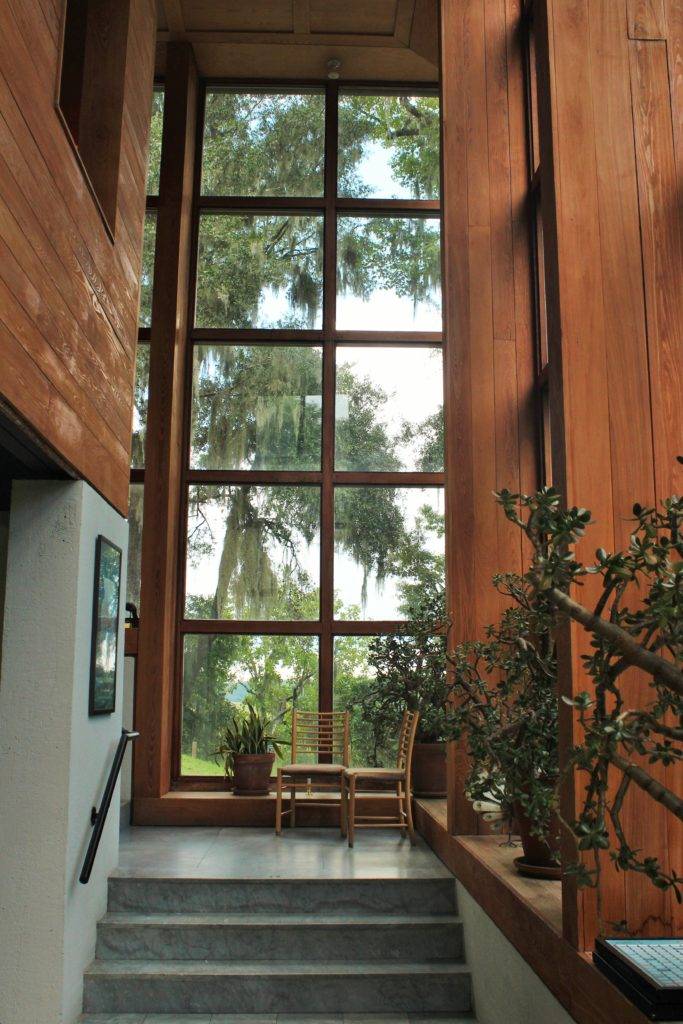
One final perk to staying at the Inn is the free admission to the Middleton Place House Museum, gardens, and stables. Normally, daily admission for two would cost $88. But inn guests get free access to everything and can stay past closing time to explore the grounds!
The Middleton Place House Museum
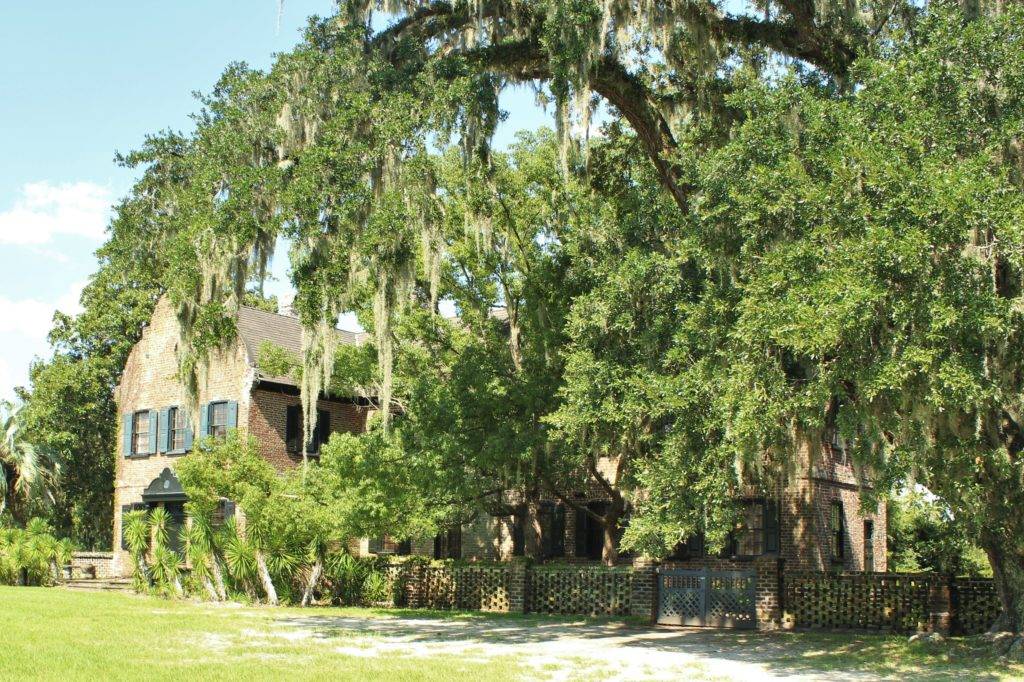
In 1741, Henry Middleton married Mary Williams and received the stunning property as part of her dowry. At one point, the impressive three-story house had two additional flankers on either side, creating an incredibly stately home, even by modern standards.
Sadly, Middleton Place was badly damaged when Union troops set fire to the house in 1865, destroying both the main house and the north addition, along with a library containing over 10,000 books and the music conservatory. Today’s house museum showcases the sole remaining building, which was restored in the late 1800s so that the family could live there.
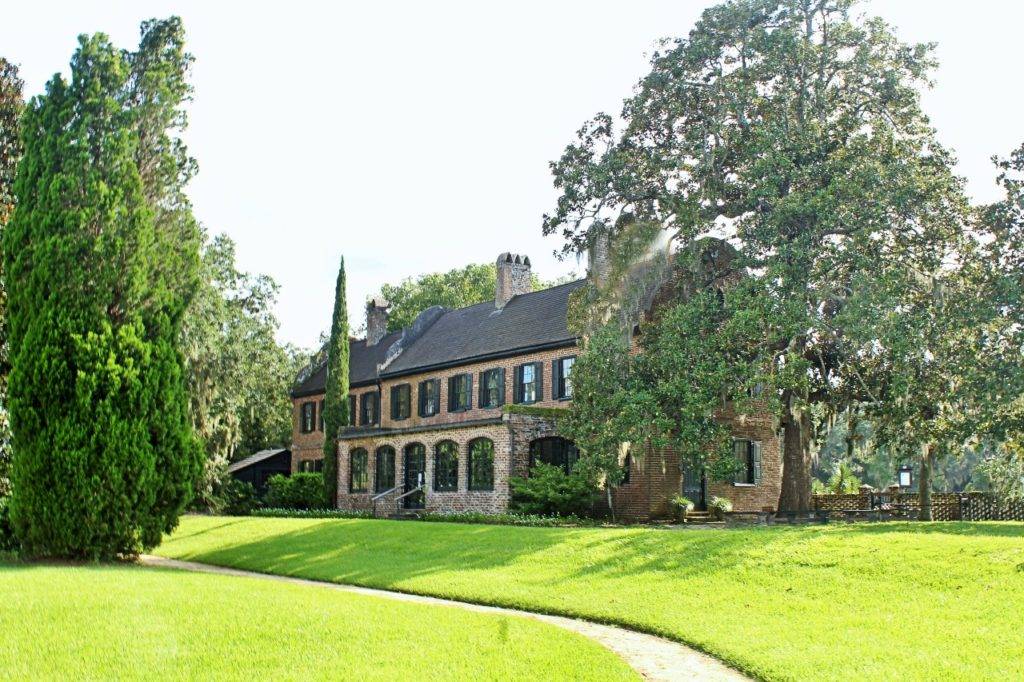
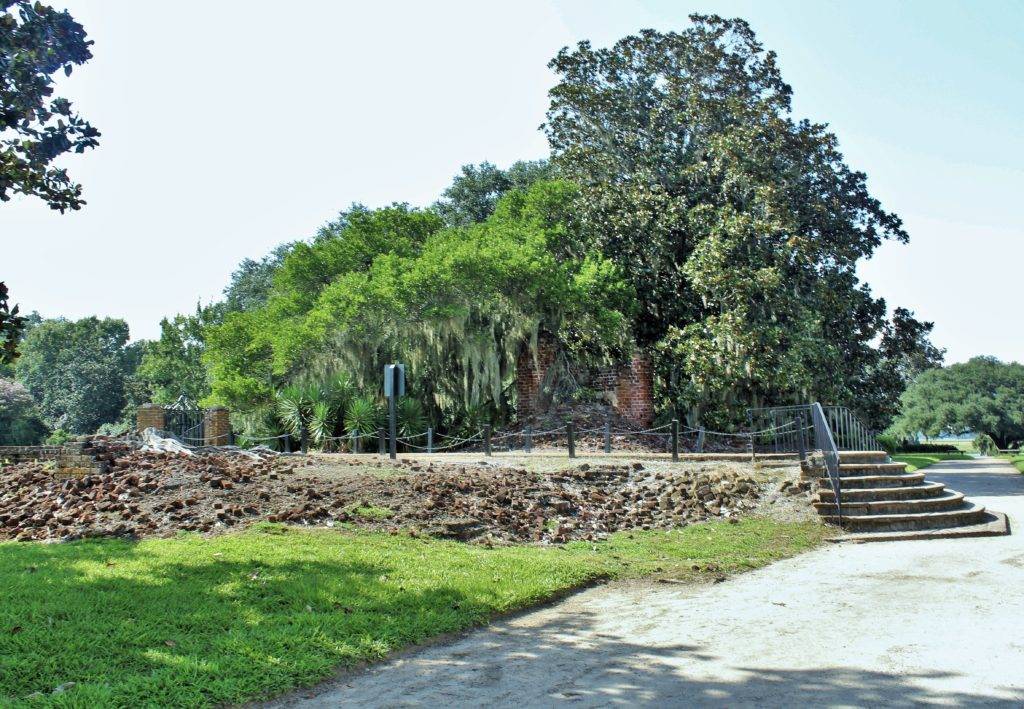
Inside, visitors can view 7 of the home’s elaborate rooms to gain a glimpse of what life was like for this prominent family. Unfortunately, pictures are prohibited, so I can only tell you a portion of what you’ll see.
The main room features portraits of four generations of the Middleton family. Notable members include Henry Middleton (president of the First Continental Congress), Arthur Middleton (signee of the Declaration of Independence), grandson Henry Middleton (South Carolina Governor and Congressman and U.S. Minister to Russia), and William Middleton (signer of the Ordinance of Secession).
Off this room, you can view the elaborate dining room showcasing the family’s wealth through fine china and silverware, as well as a music room and the front hall. While you cannot walk through the dining room or music room, the front hall is filled with artifacts found on-site, as well as samples of John Middleton’s watercolors and Mary Middleton’s gold tiara. Additionally, this room contains many items that show what life was like for the slaves who lived and worked at the plantation, such as a cookbook and a slave badge.
Upstairs, guests can step into the summer and winter bedrooms, a small child’s room, and a library containing books that survived the fire in the north flanker. A guide will meet you in each room and explain the significance and culture of each as it pertains to the Middleton family.
Be sure to stop by the Visitor Center for tickets and schedule your tour or do it online in advance ($12 online; $15 at the gate).
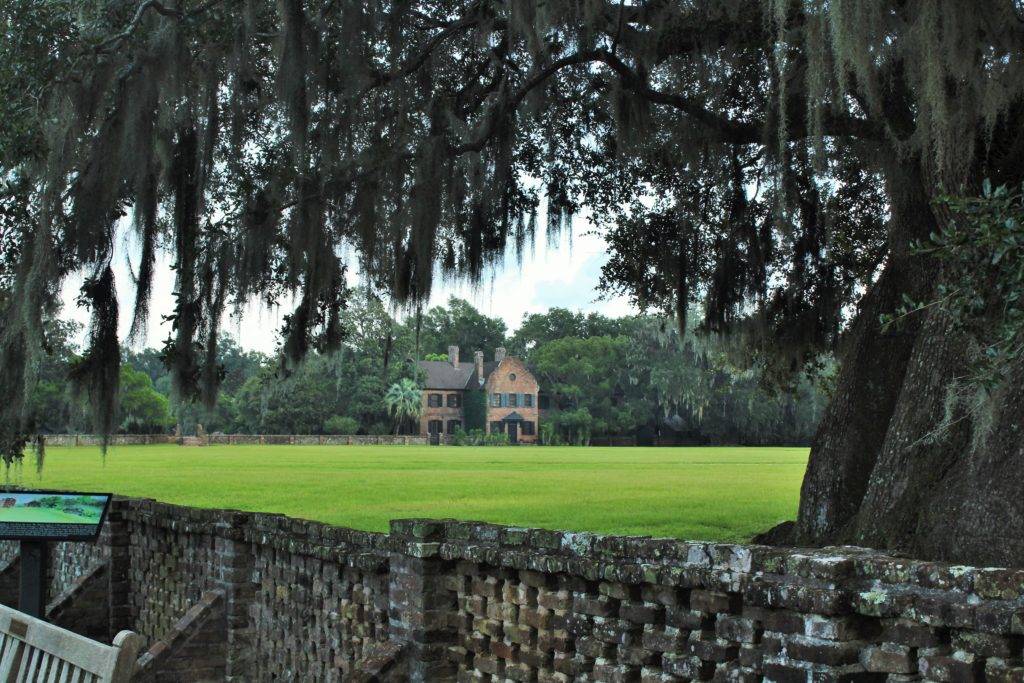
The Middleton Place Restaurant
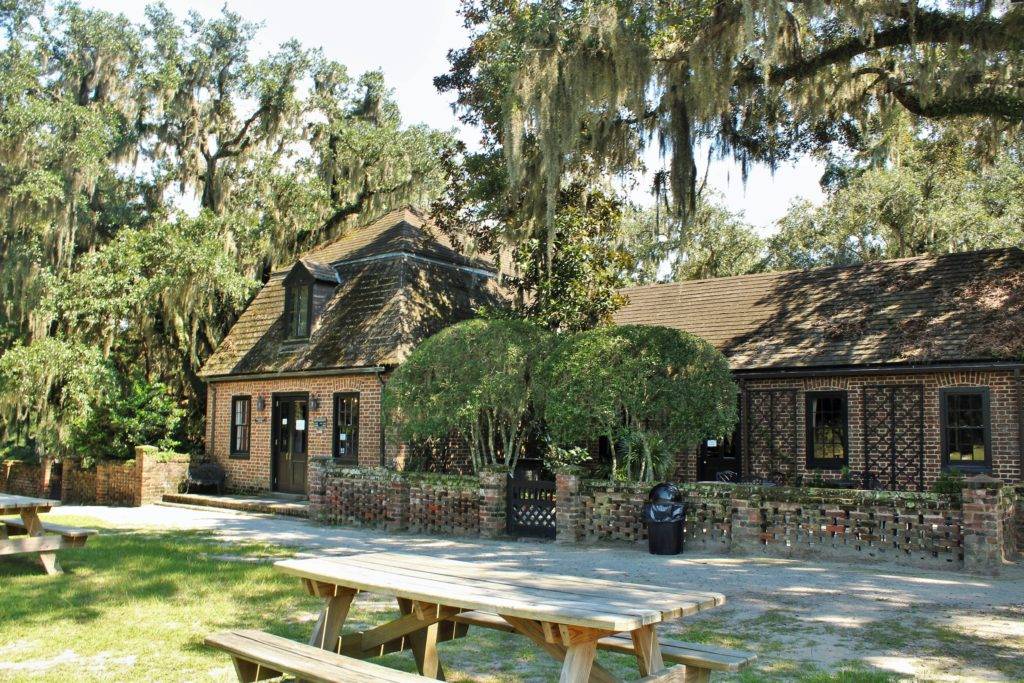
If you have the time, be sure to reserve seats for lunch or dinner at the restaurant on the grounds. The restaurant serves what it refers to as “Low Country” fare, like shrimp and grits, she-crab soup, fettuccini with duck sausage, and braised guinea hen with dumplings. Yum!
It’s open daily for lunch from 11 am-3 pm and for dinner Tuesdays to Sundays from 6 pm-9 pm.
The Middleton Place Gardens and Grounds
The greater part of your tour will be enjoying the beautiful gardens and grounds of the 110-acre property. The gardens here are the oldest landscaped gardens in America and were designed after the stunning gardens at the Palace of Versailles in France.
If you do a full tour of the grounds, you’ll go through 20 different stops with various gardens, ponds, and outbuildings.
I won’t expound on all of them in this post, but I’d like to highlight some of the must-sees (in my opinion).
The Reflection Pool
This lovely, spring-fed pool has a beautiful fountain in the center, and white swans float about during the daytime.

Secret Gardens
These two twin gardens offer a quiet place to sit and contemplate the flora and Grecian-style statues around them.
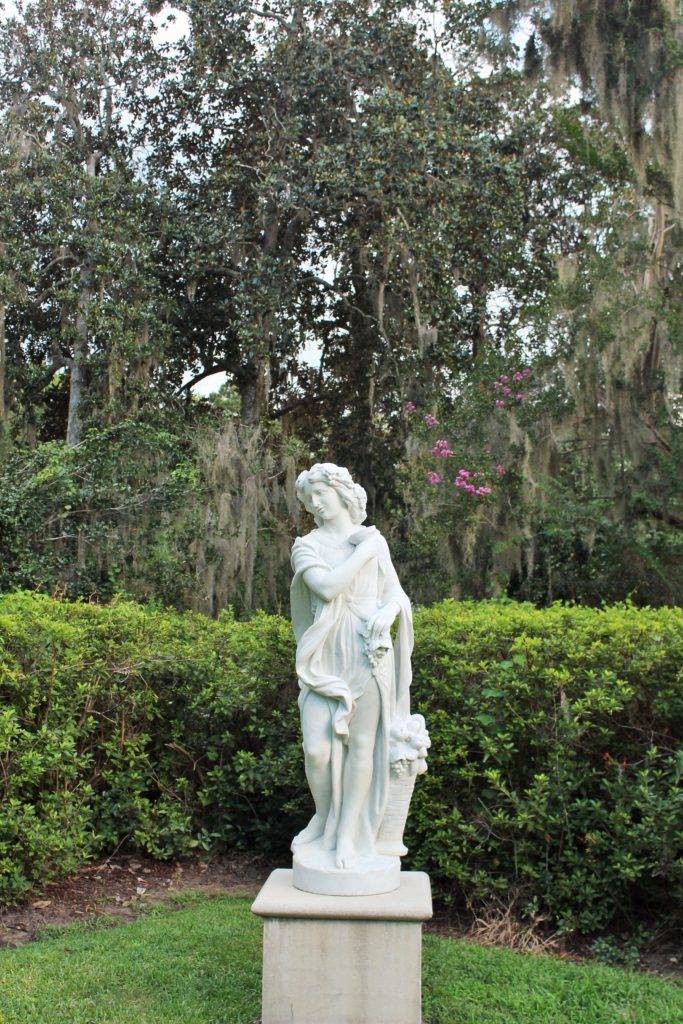
Sundial Garden
This particular garden is laid out like a wagon wheel, with crisp paths cutting the perennial flowerbeds into triangles and a sundial at the center.
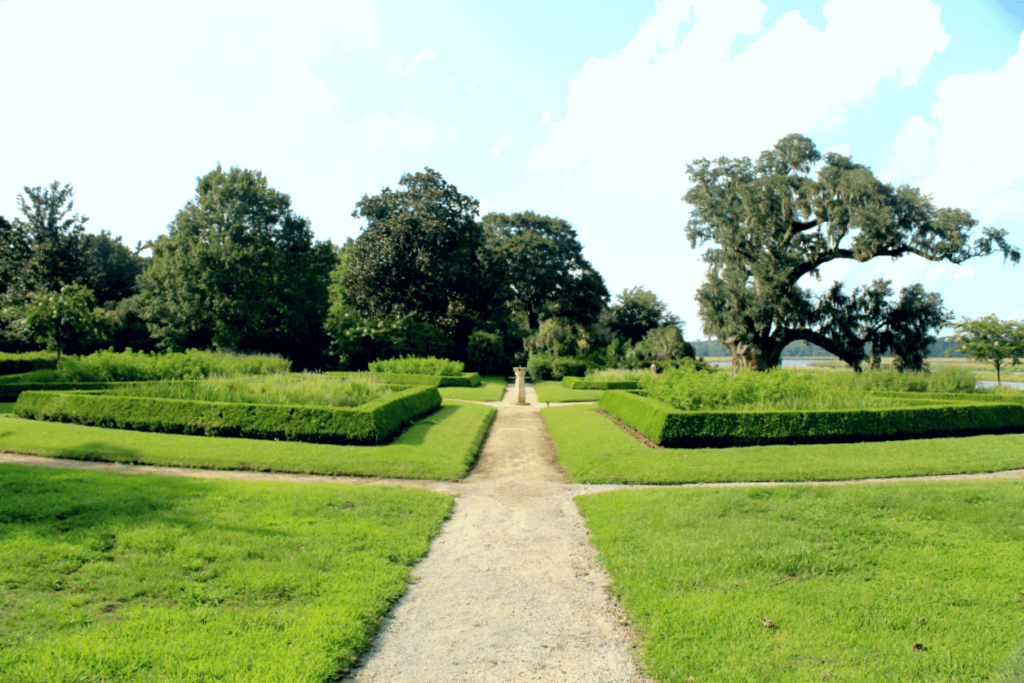
The Middleton Oak
If you appreciate history, be sure to stop by the Middleton Oak beside the Sundial Garden (in the background of the picture above). It’s nearly 1000 years old and measures over 37 feet in diameter! It’s been through some rough times and lost several branches, but it’s still a gorgeous and impressive tree.
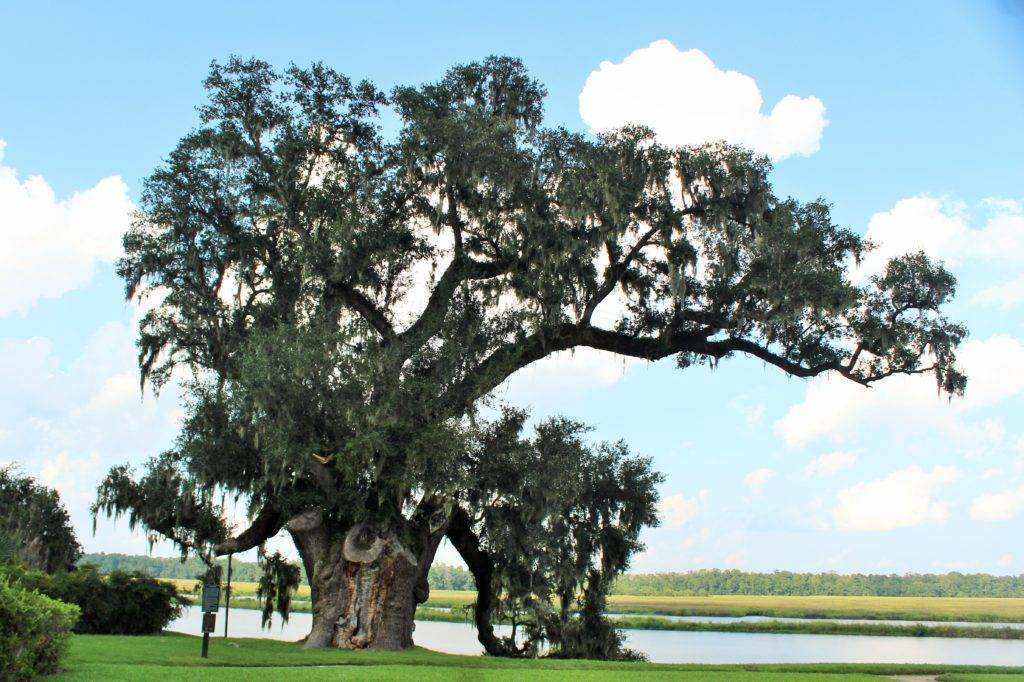
Octagonal Garden
Another clear interpretation of the Versailles Gardens is the Octagonal Garden. Originally a bowling green, this geometric garden fits perfectly into the triangular lines of the main garden’s structure, and the central octagon offers beautiful blooms filled with butterflies!
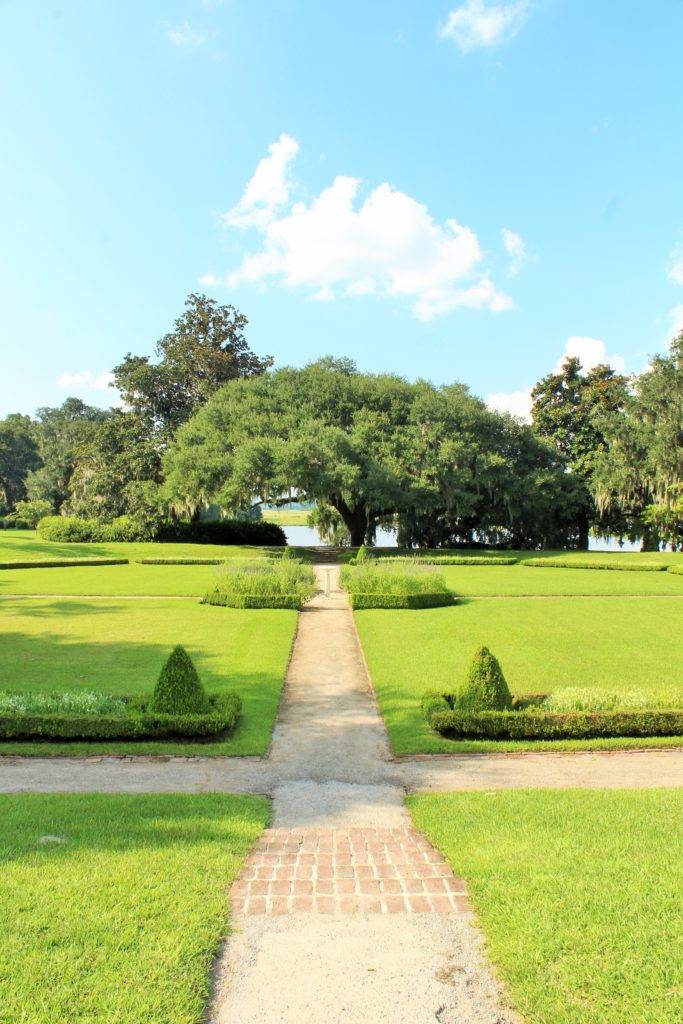
Parterre and Terraces
At the furthest tip of the gardens next to the house, you can get a sweeping view of the beautiful terraced lawn running down to the Butterfly Lakes near the Ashley River.
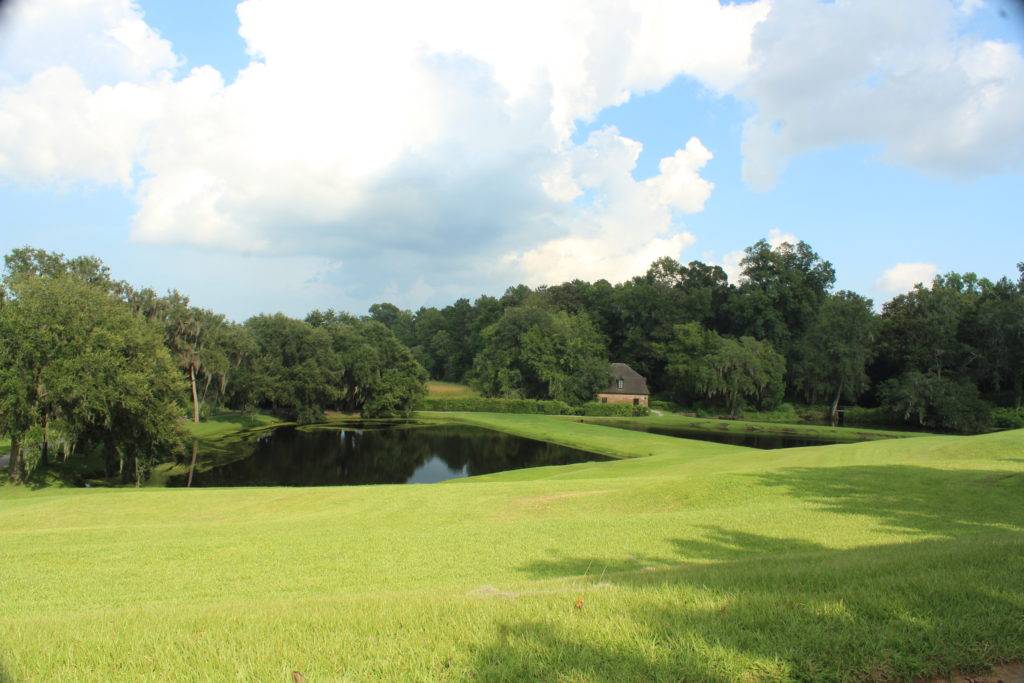
It is also lovely from the bottom of the terraces, between the two wing-shaped ponds.

Demonstration Rice Field
All along the northeast side of the gardens lies a large body of water, which is actually a flooded rice field. Down by the northernmost Butterfly Lake, you can see a small section that explains how rice was introduced to and used at the plantation.
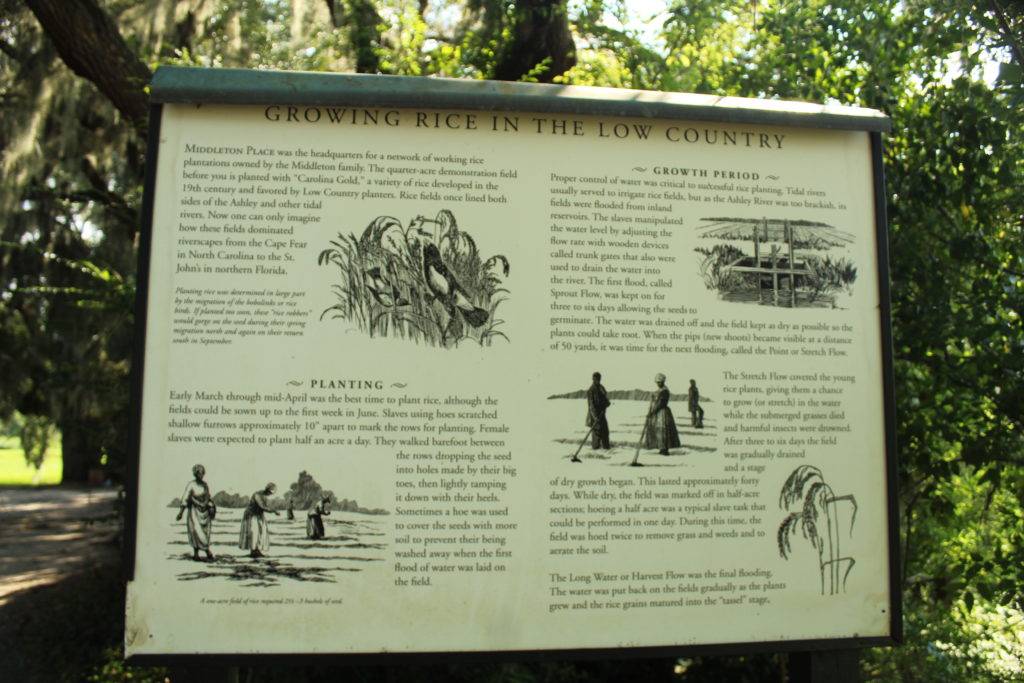
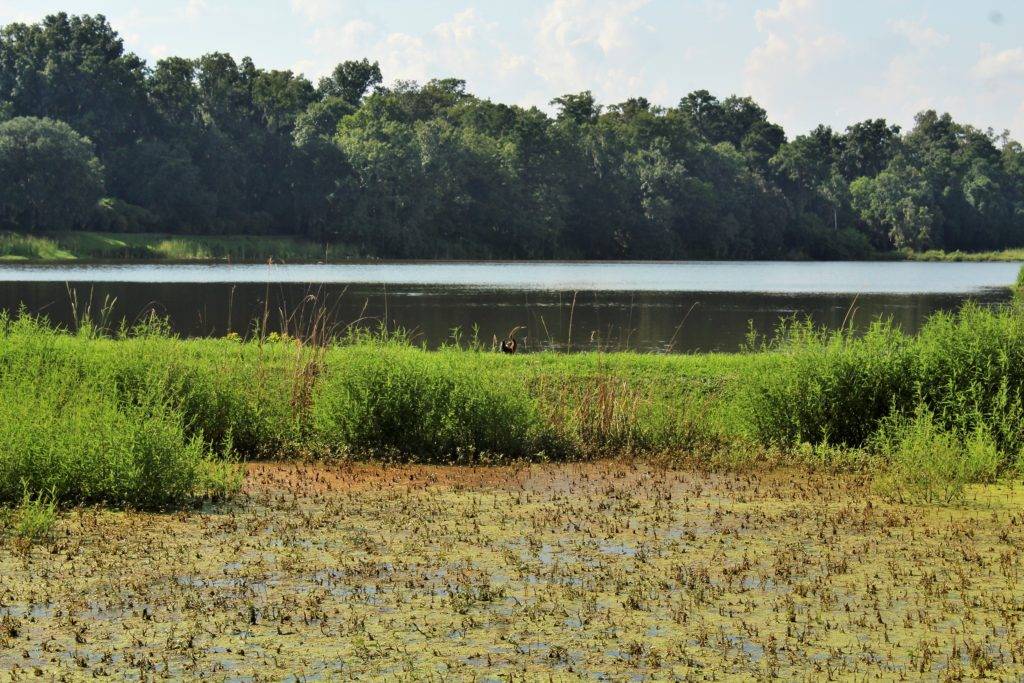
The Mill
You’ll find a quaint little mill on the opposite side of the Butterfly Lakes, complete with an underwater turbine. You can peek inside to see some tools of the trade and watch the torrent of water next to the building.
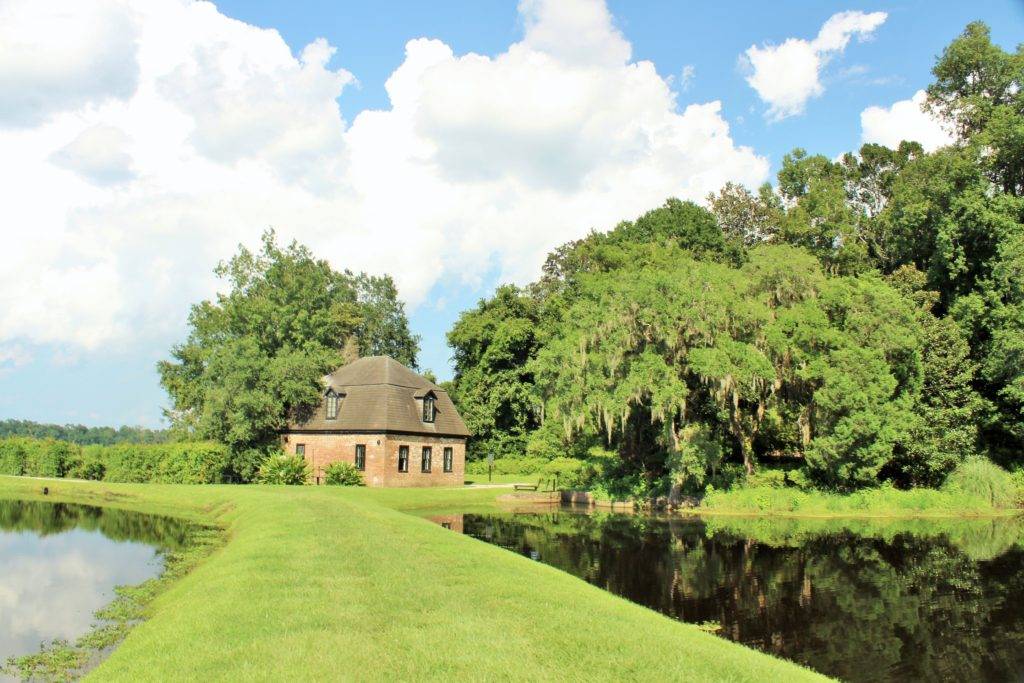
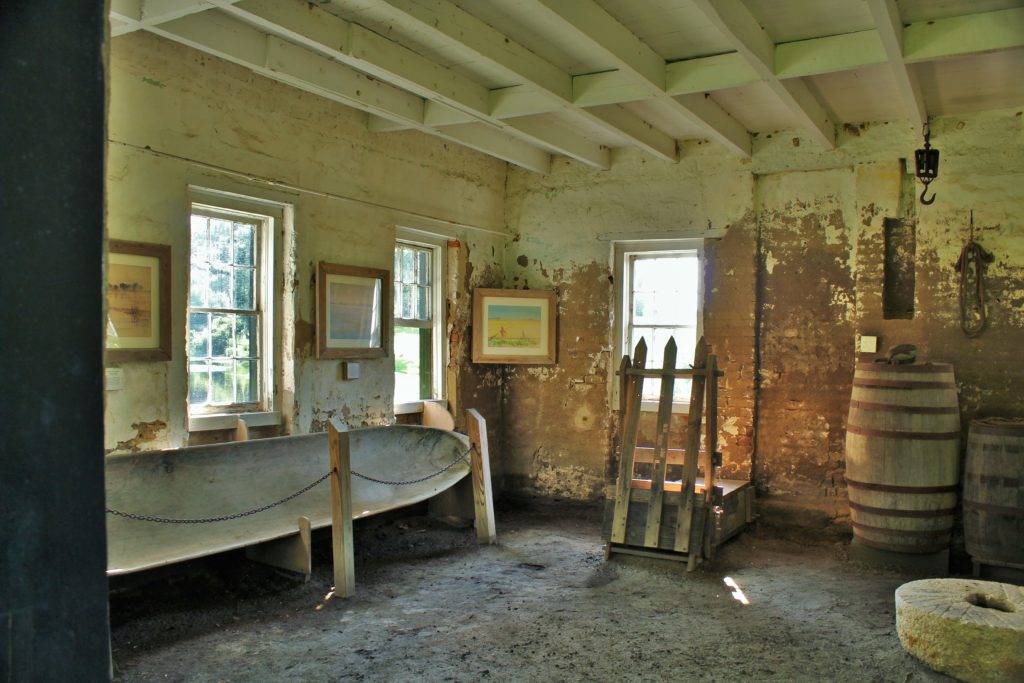
Be sure to take a moment to observe the beauty of Mill Pond (one of my favorite scenes of the day). You can also get a great view on the opposite side of the water at the Mill Pond Bridge. (If you stay at the inn, you’ll pass right by this beautiful waterfront and cross the bridge to access the main grounds).

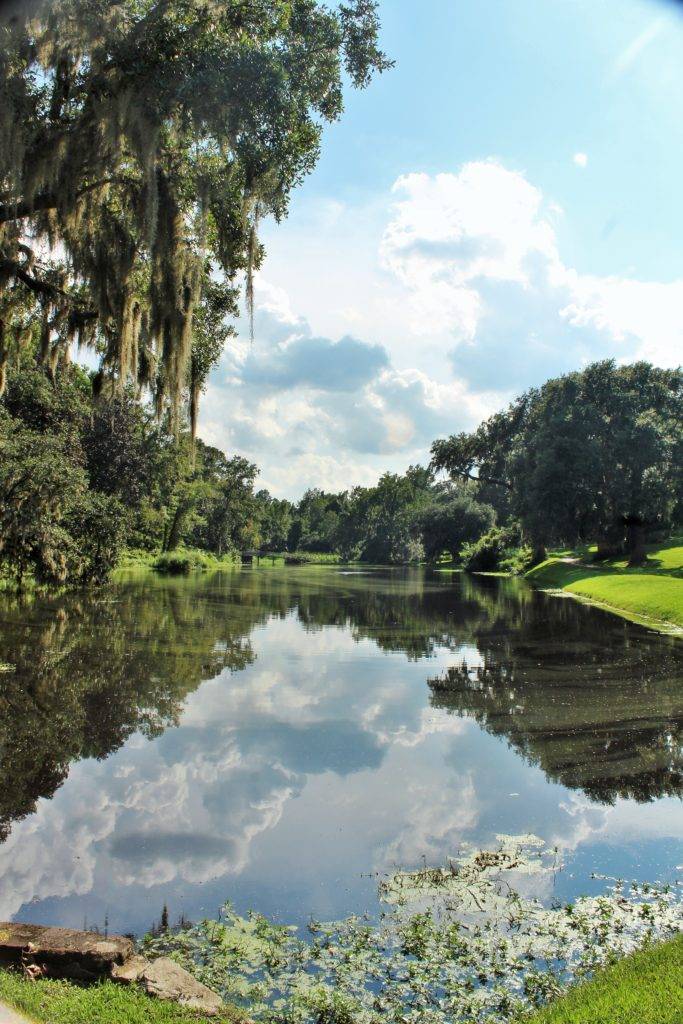

Spring House and Plantation Chapel
This small building holds a lot of history and significance for the slave community at Middleton Place. The lower level, cooled by spring water, kept perishables “refrigerated” in various jars and pots.
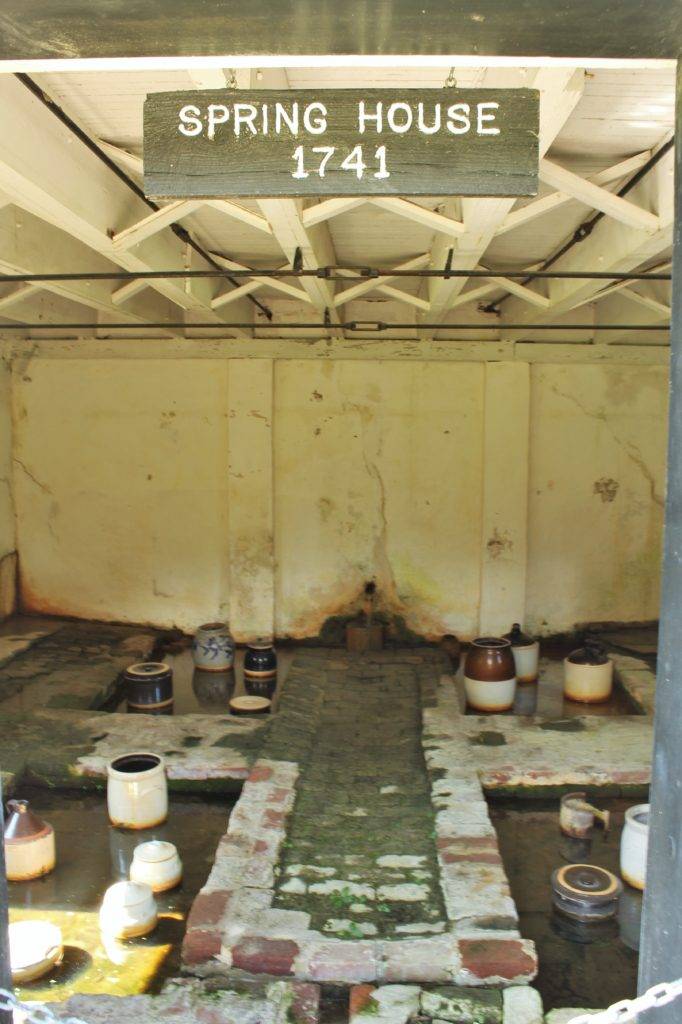
The upper level served as a meeting place for the plantation’s slaves to come and worship after 1851.
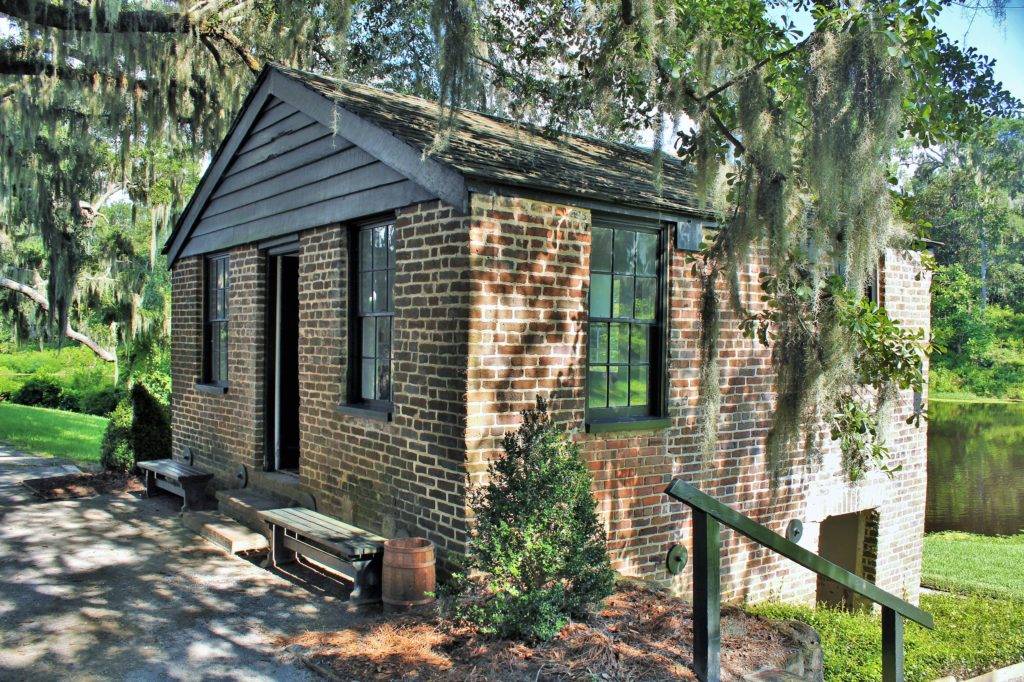
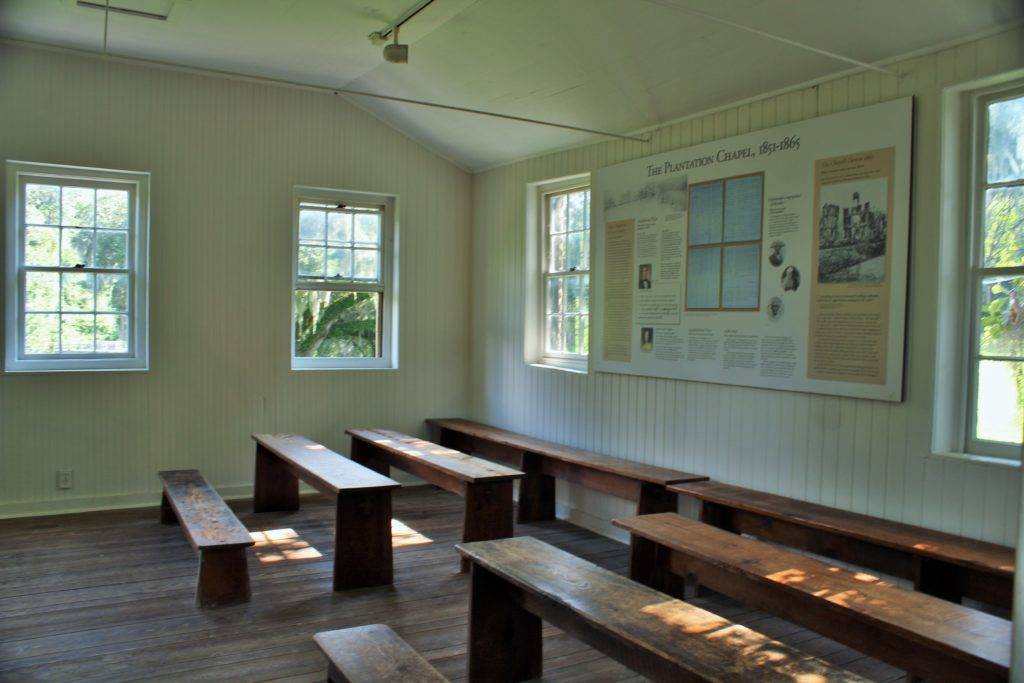
Wildlife
As you walk, keep an eye out for wildlife! We saw ibises, a Great Blue Heron, a Great Egret, and alligators! They all let us get pretty close without moving (the alligators were an accident), but be sure to watch your surroundings for fun surprises.
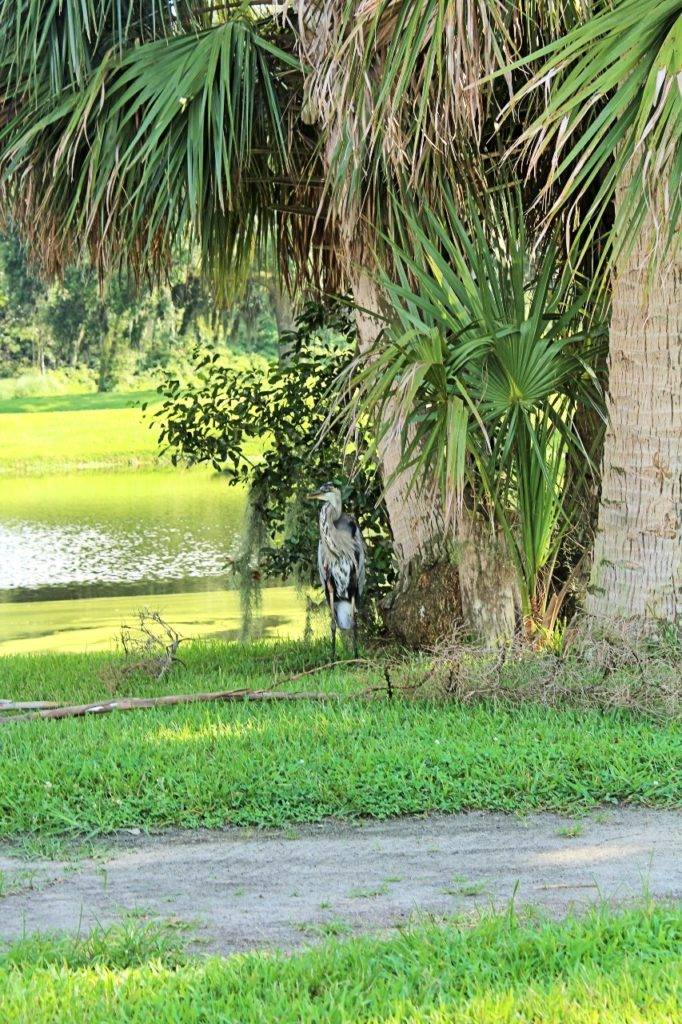
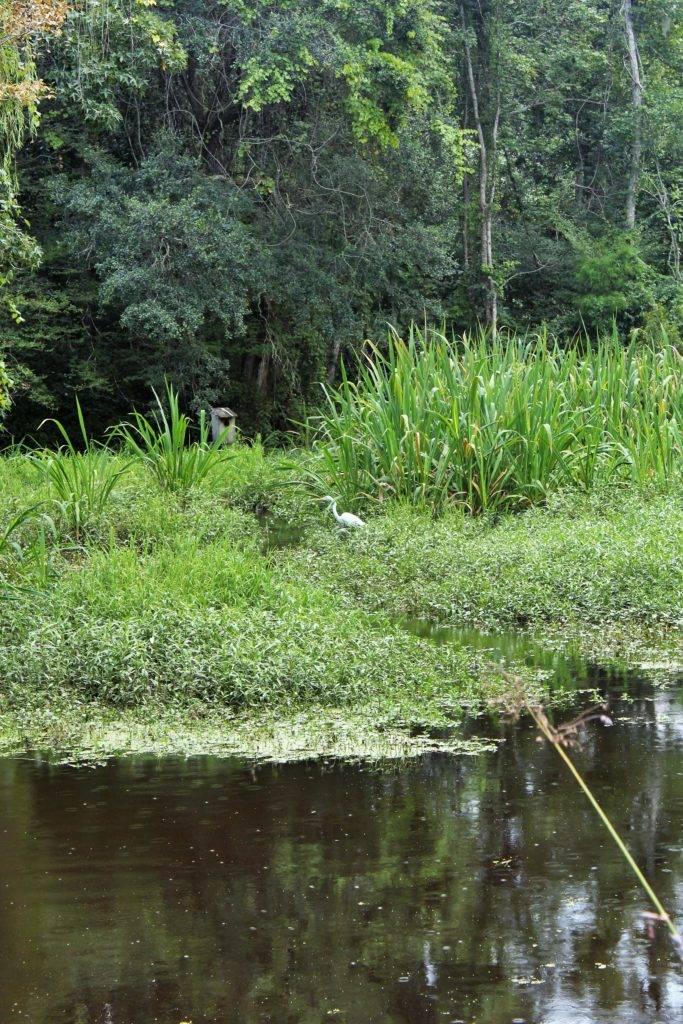
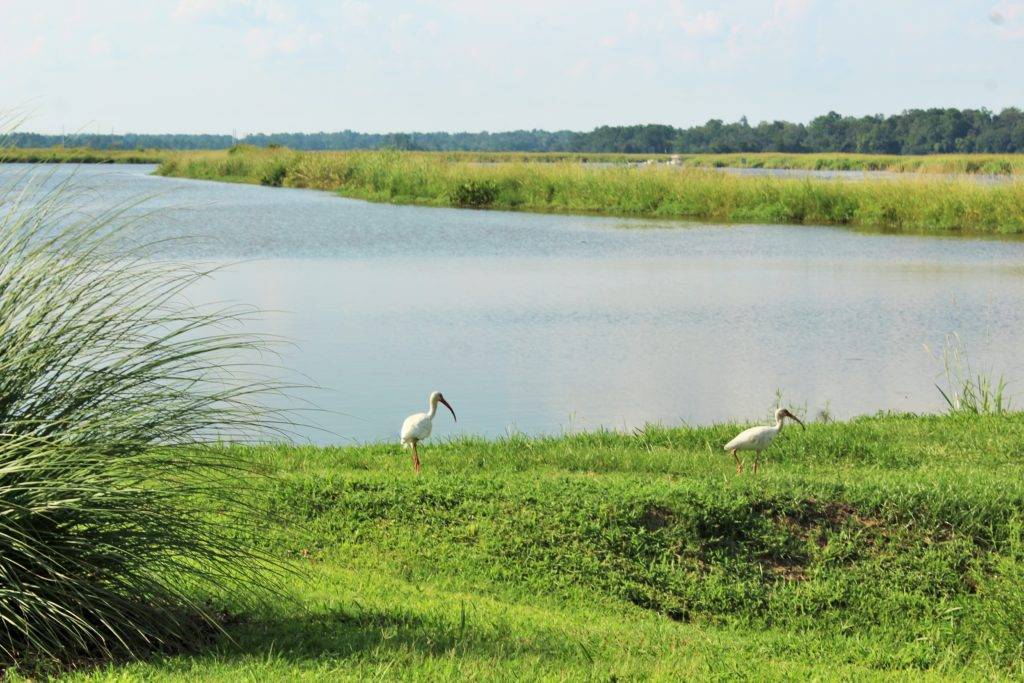
There are signs warning you that the alligators are real, and I’m very glad there were. We saw them lounging around right by the Mill Pond Bridge and Spring House, so be alert!
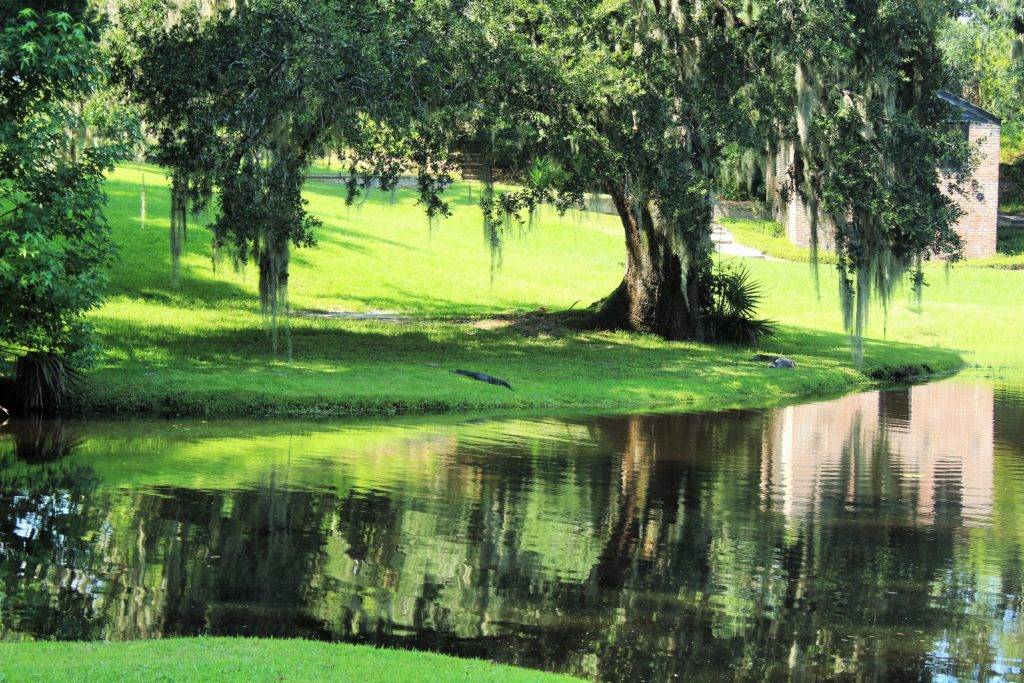
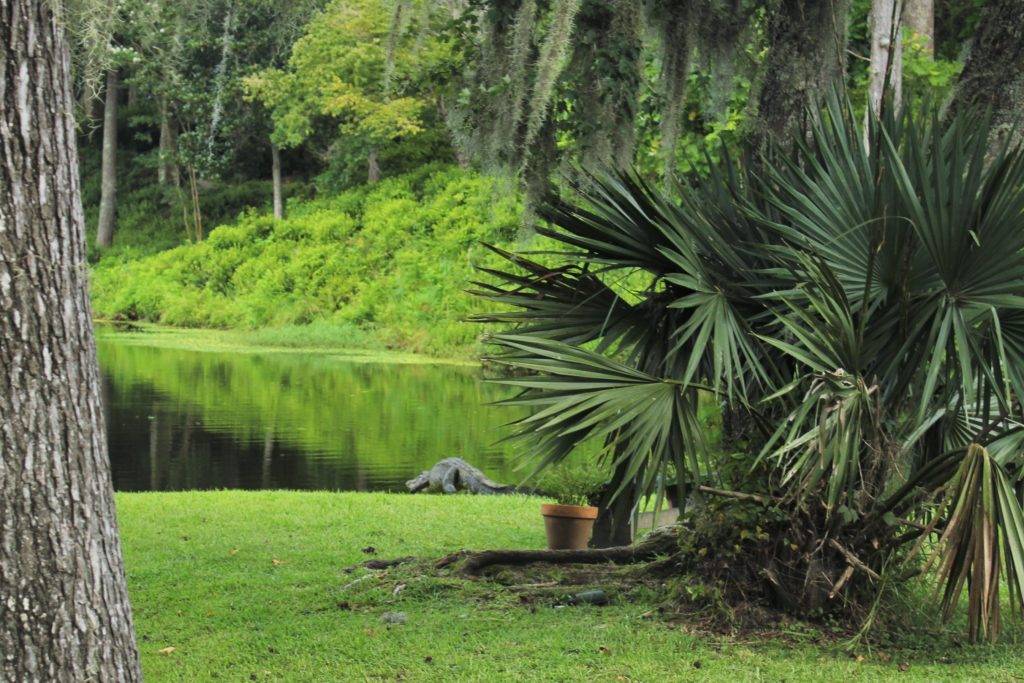
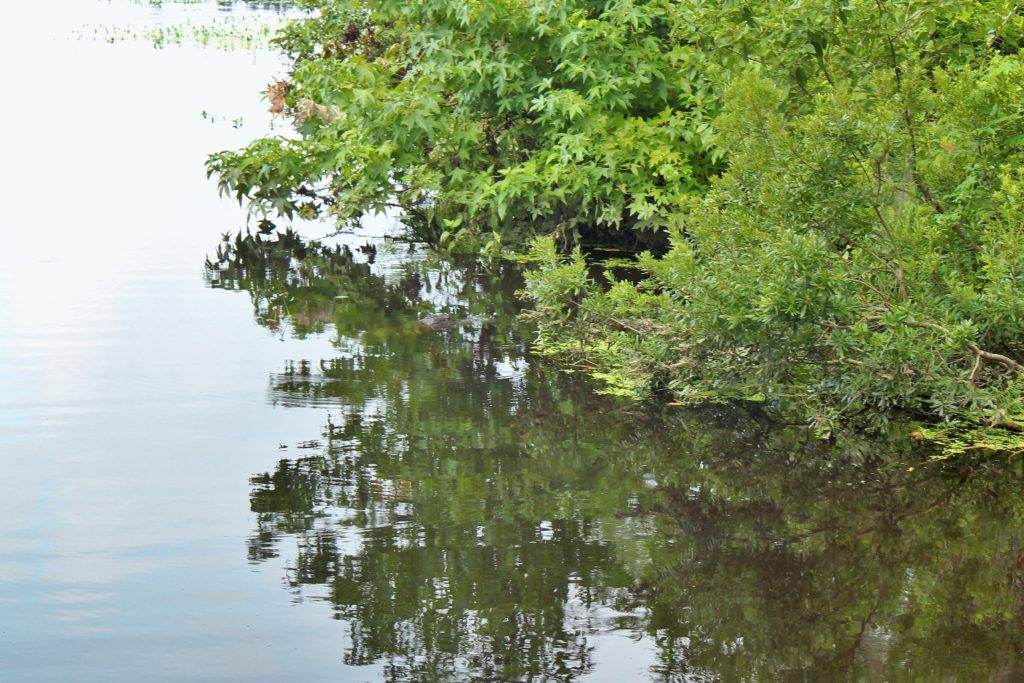
The Middleton Place Stableyard and Slave Quarters
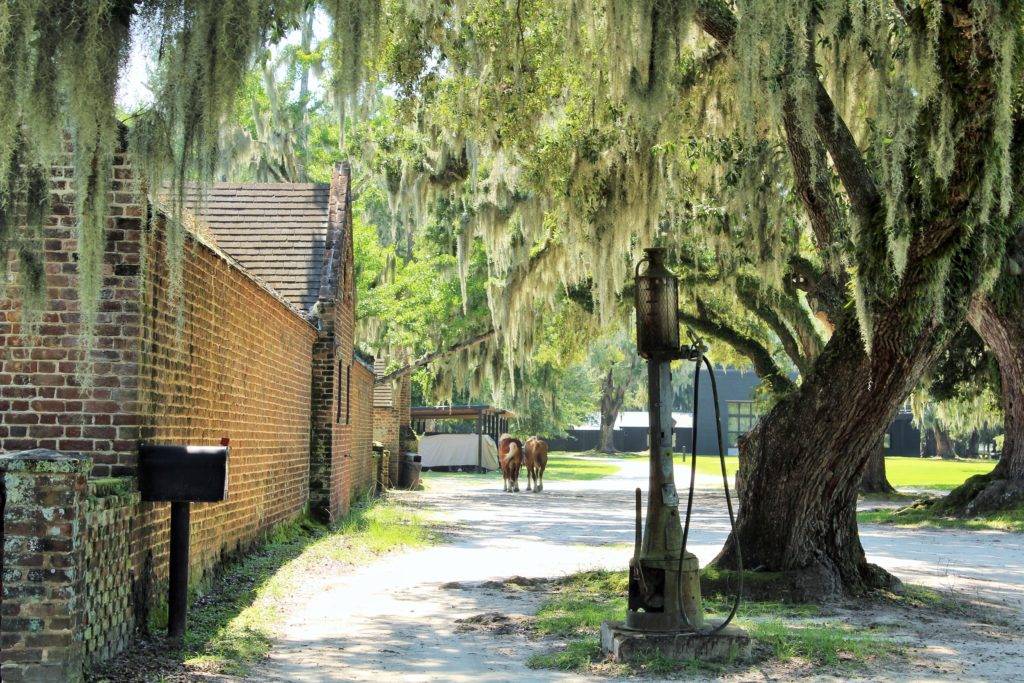
The final section of Middleton Place is comprised of the stables, slave quarters, and workshops.
The Animals
The stable yard is full of cute farm animals, each of which actually has a purpose. Each of the animals here reflects those that the plantation would have had back in the day to keep the land working at maximum potential.
In 1865, the family records show that they had imported 11 water buffalo, and the current plantation is home to two, which would have been used as draft animals. You’ll also see a couple of chunky Guinea hogs, which used to be a prime source of meat in the south.

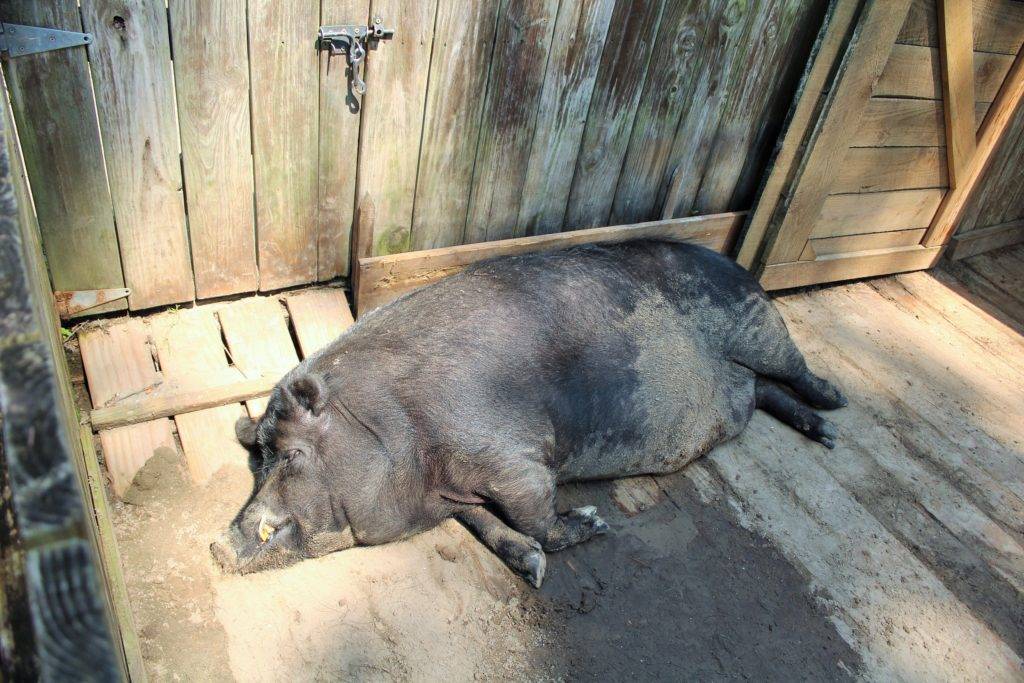
Other animals include chickens, cashmere goats, Belgian horses, cattle, and Gulf Coast sheep. The sheep and chickens have free reign of the grounds, so watch your step!
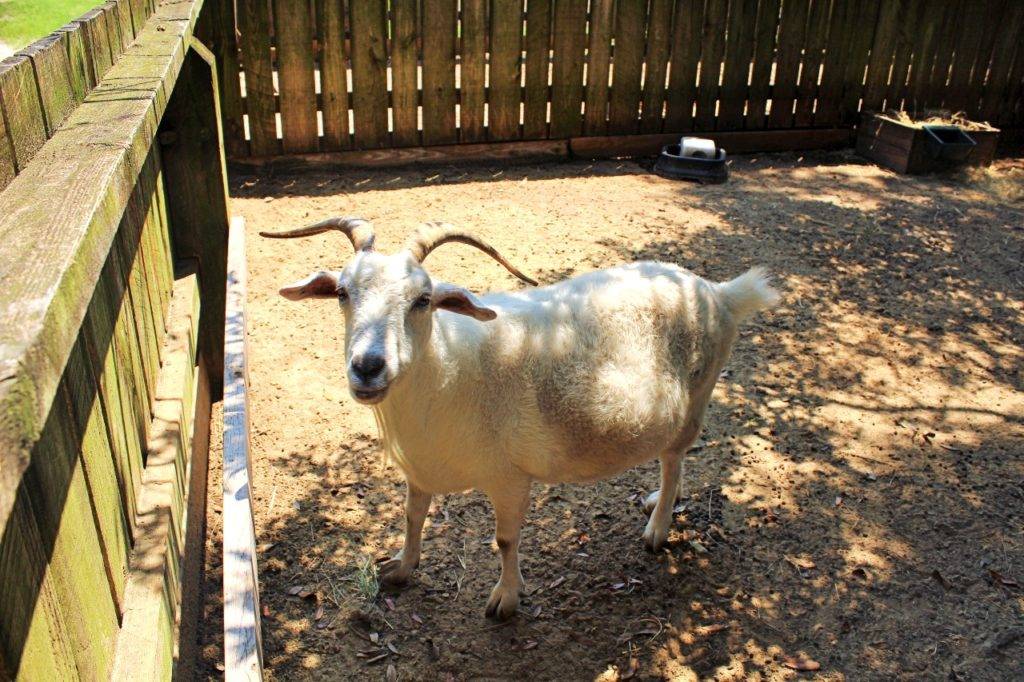
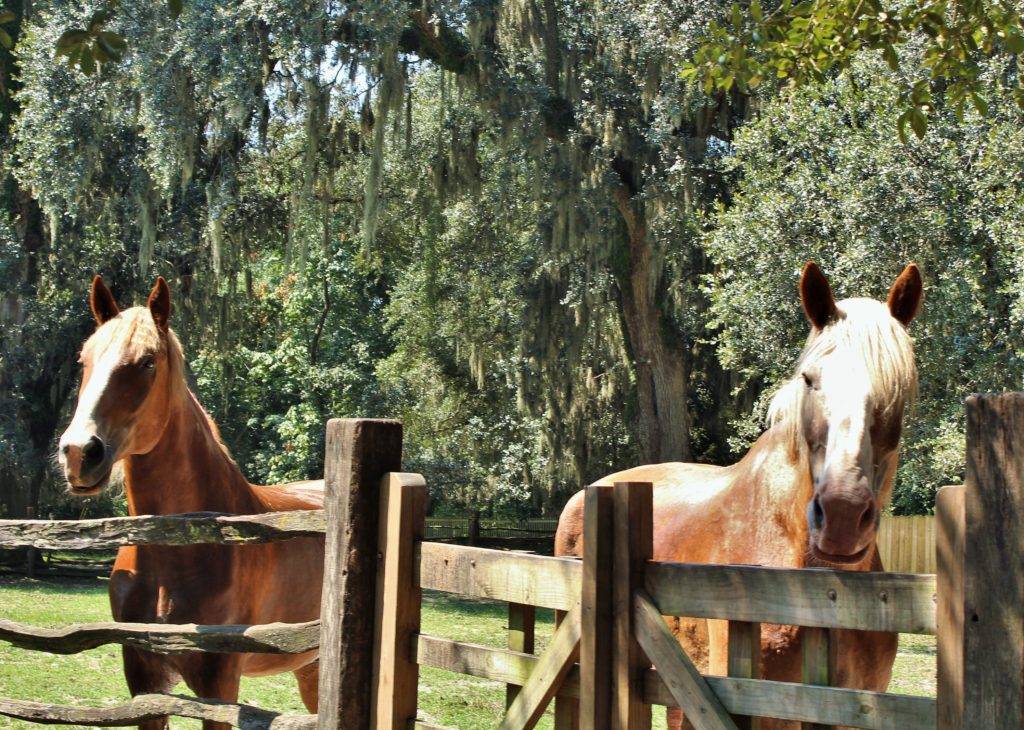
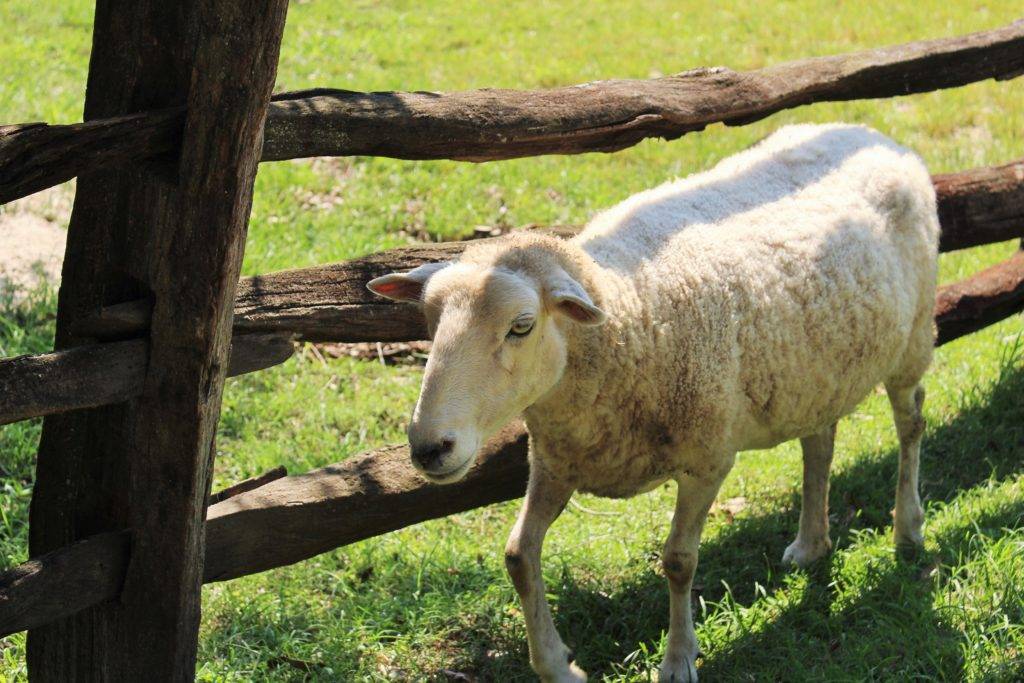
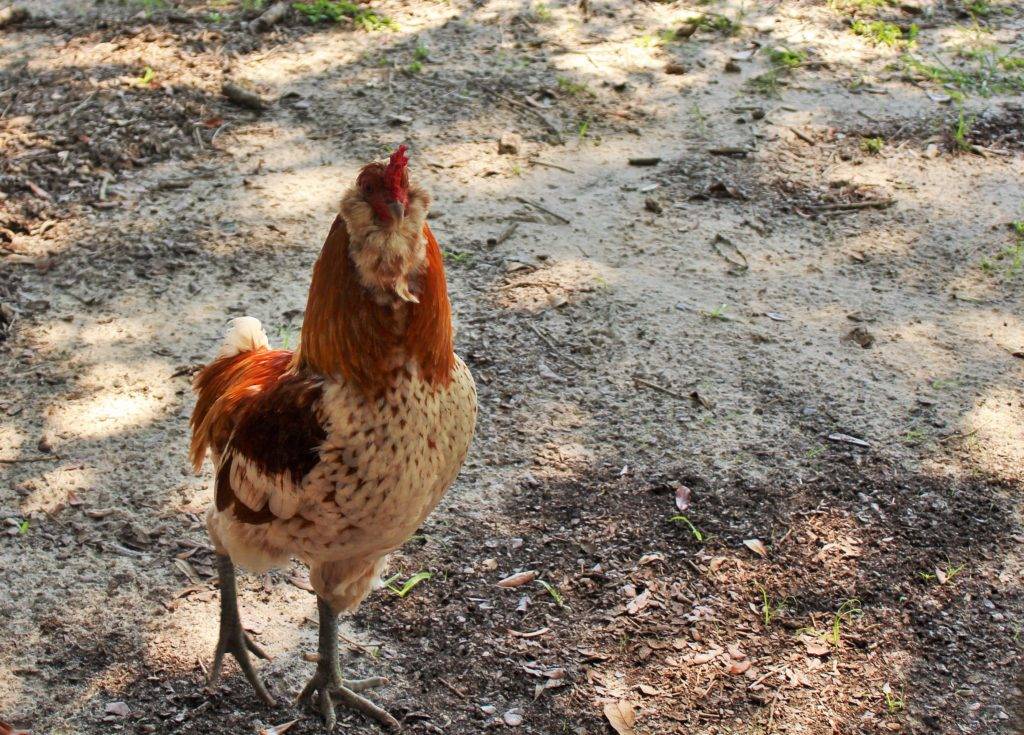

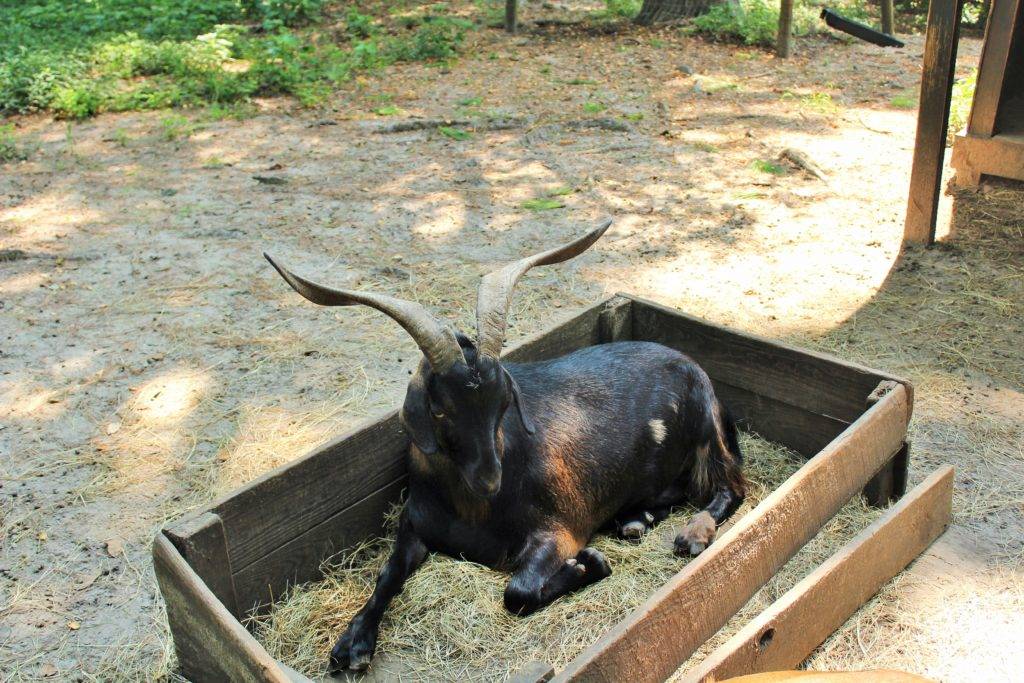
Eliza’s House
The most somber part of the tour is Eliza’s House. This small building would have housed two slave families in cramped quarters. It’s named after Eliza, the last woman who lived in the house. If I remember correctly, she was a freed slave who lived out her days on the plantation.
Inside, one-half of the building is dedicated to a sobering exhibit that describes how the slaves were captured, sold, and then forced into working at the plantation. Some of the Middleton’s “favorites” are mentioned repeatedly because their names show up in many of the family’s records for different jobs, as well as the men who were sent off to fight in the Civil War.
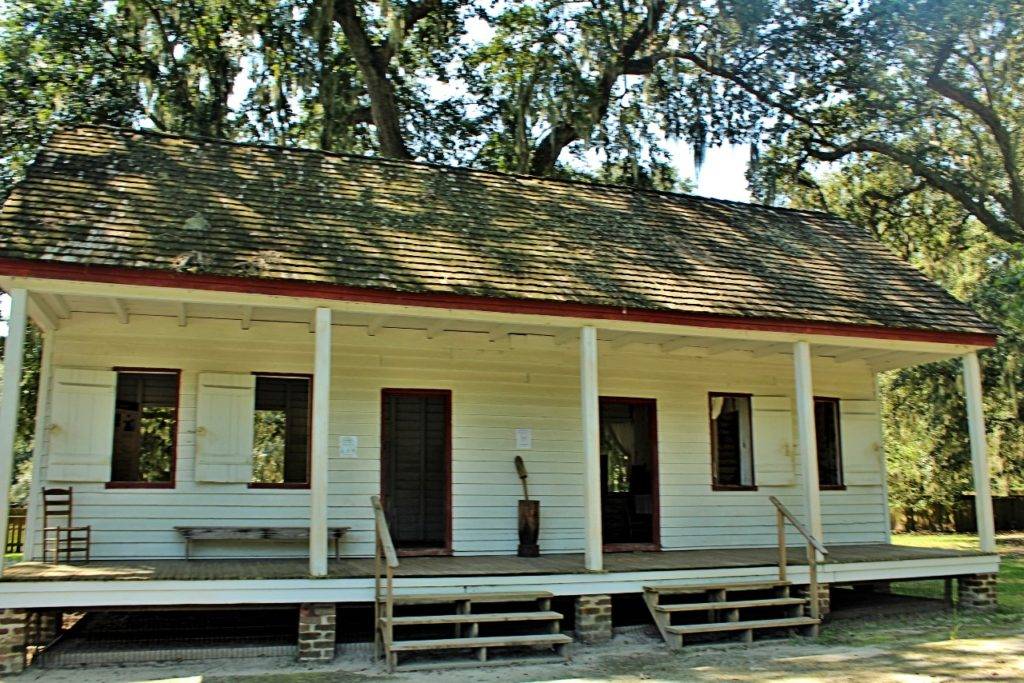
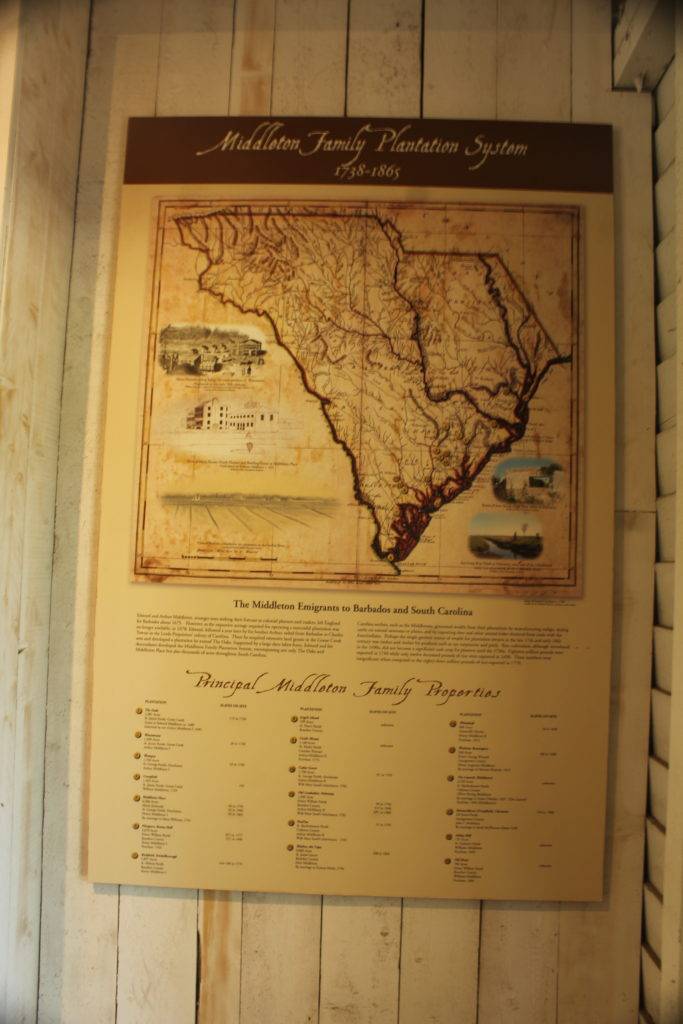
Much of it was hard to read because the unjust and cruel reality of the situation really hit home as we stood in the small building surrounded by the stories and names of thousands of enslaved people. However, it does end on a happier note with the stories of what some of the freed slaves went on to do with their lives after the Civil War.
The other half of the building demonstrates what a typical home would have looked like for an enslaved family, with just enough room for a kitchen and beds.
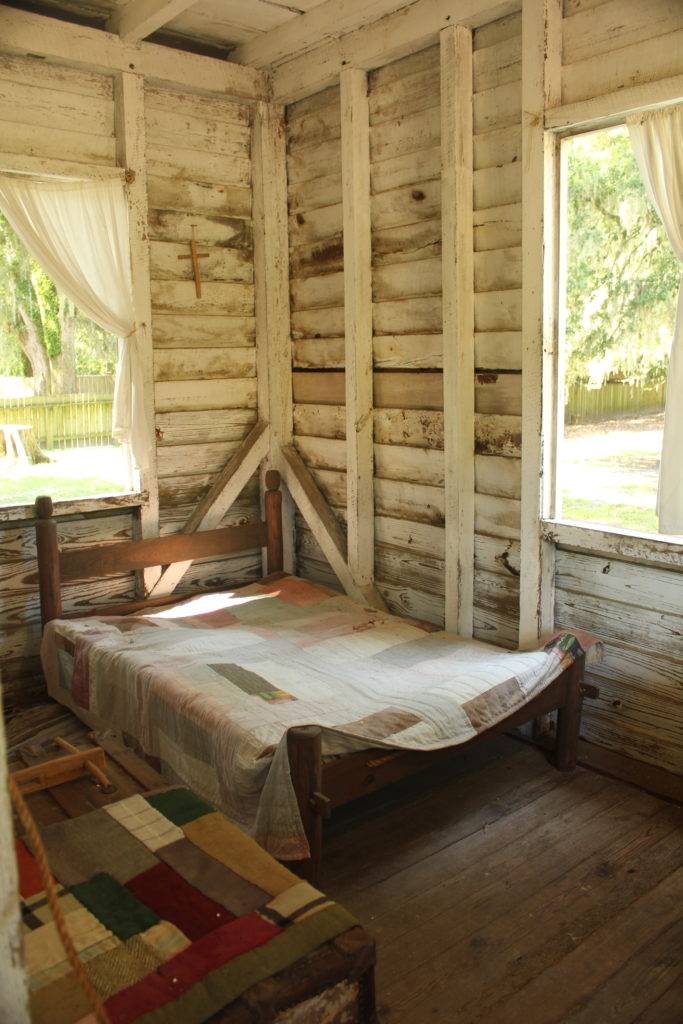
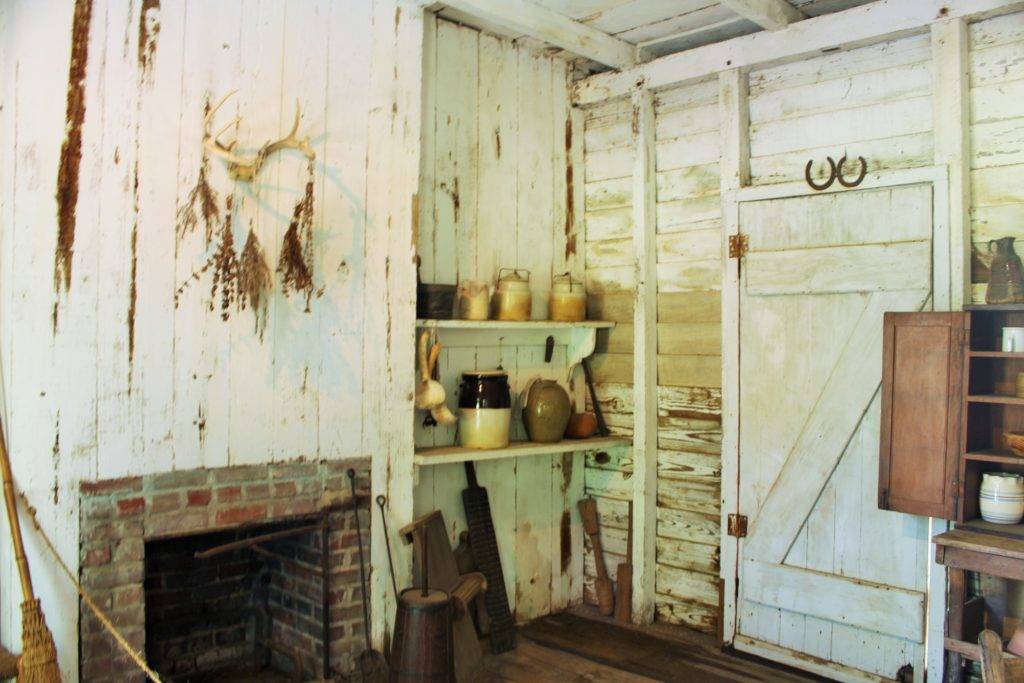
Shops and Outbuildings
In this area, you’ll also get a glimpse into the self-sufficient workings of the plantation. Certain slaves were assigned tasks that utilized their skill sets in areas like pottery making, textiles, carpentry, and blacksmithing. Different outbuildings showcase each of these areas with actual items made on the grounds throughout the centuries.
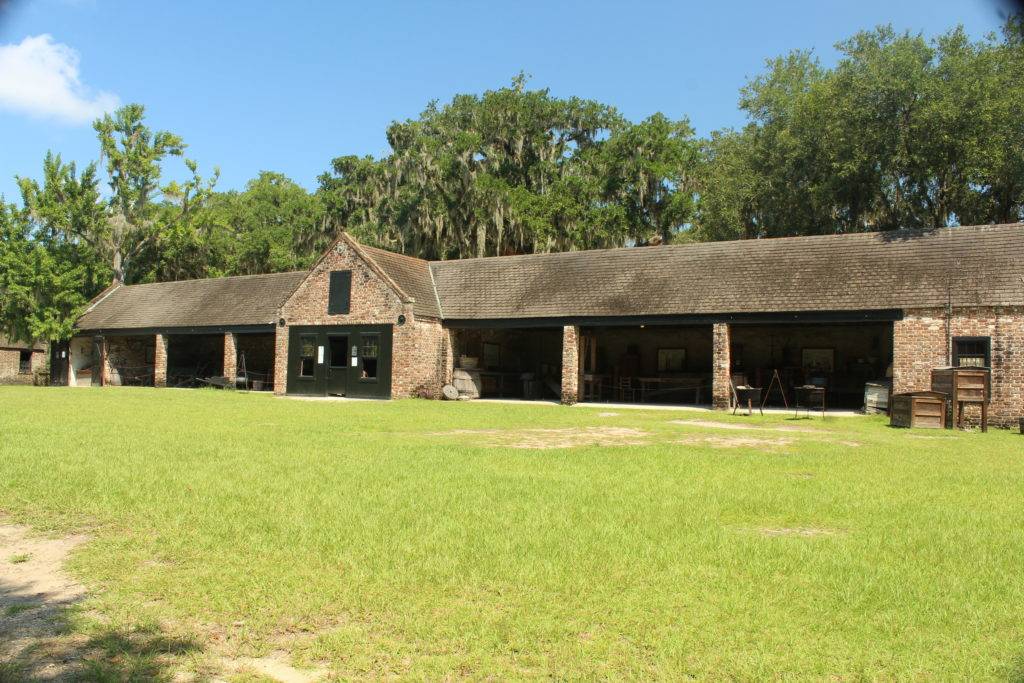
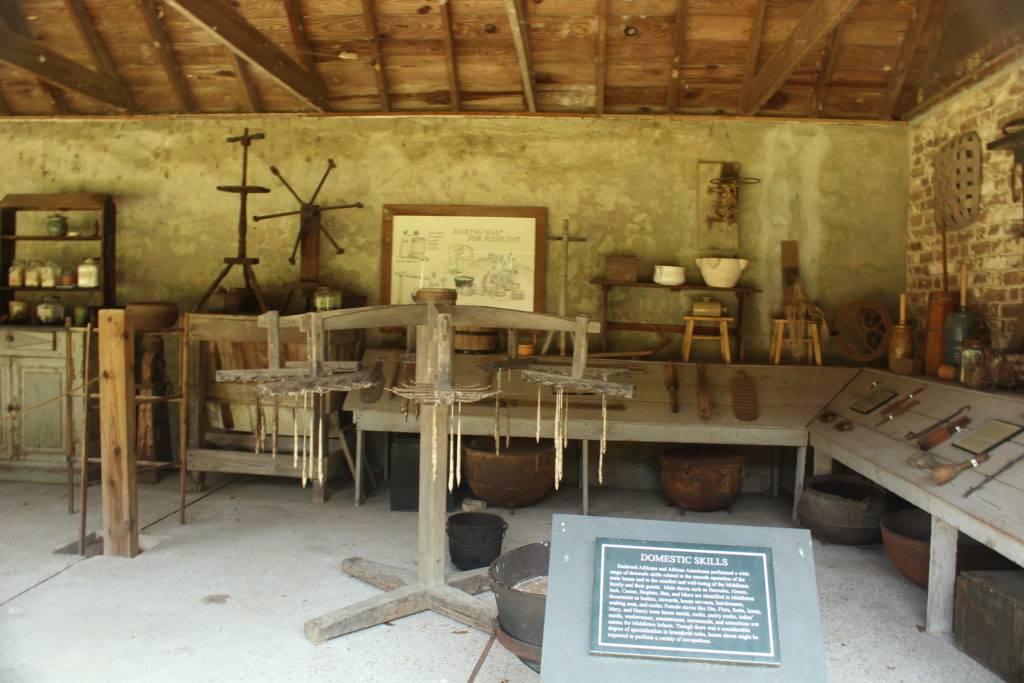
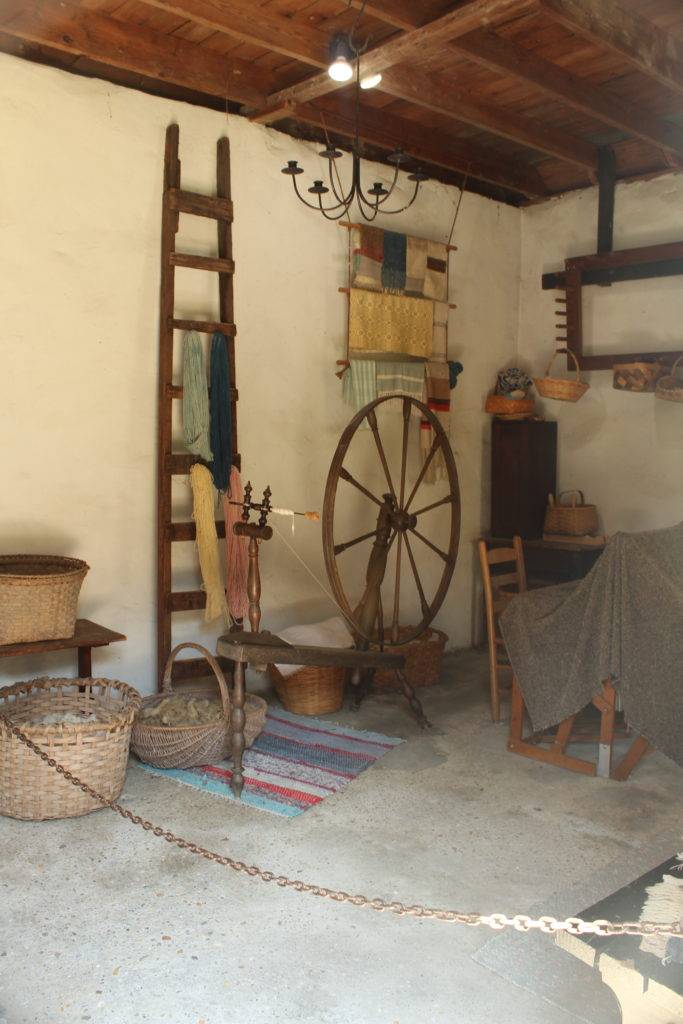
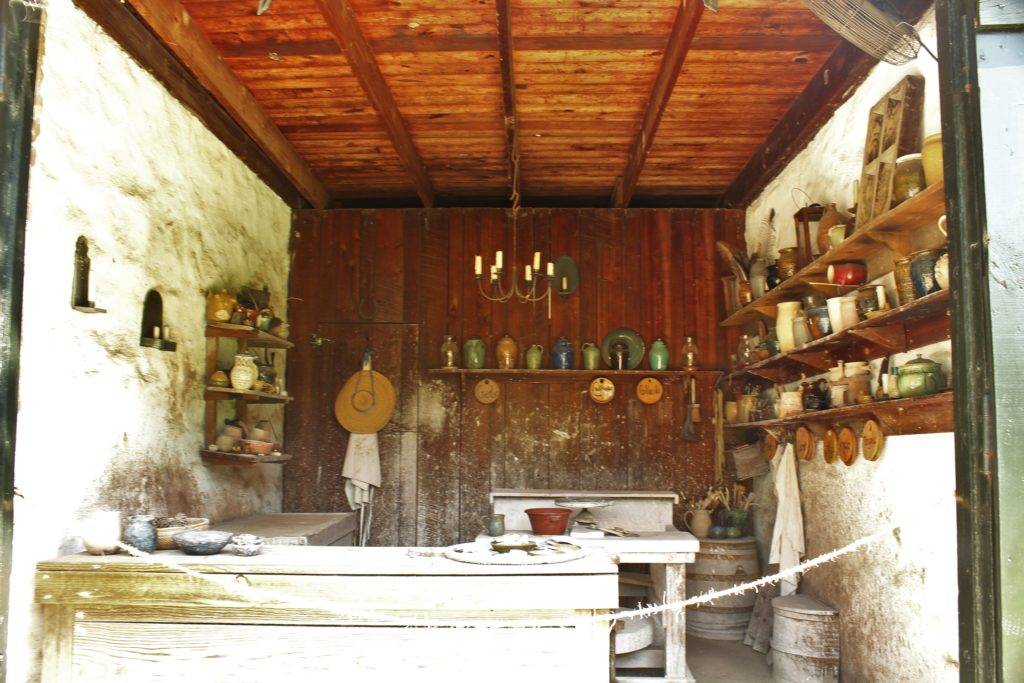
You can catch demonstrations throughout the day, so check the schedule when you visit. We had a pleasant chat with the current blacksmith, who was about to create an iron chandelier to add to his impressive display of pieces he’d already made on-site. Even more impressive was that he worked in the same environment as the blacksmiths would have done back in the 1800s–with no air conditioning and no modern tools!
Finally, don’t forget to swing by the carriage house to see a widely varied collection of 19th and 20th-century vehicles, including carts, buggies, and surreys.
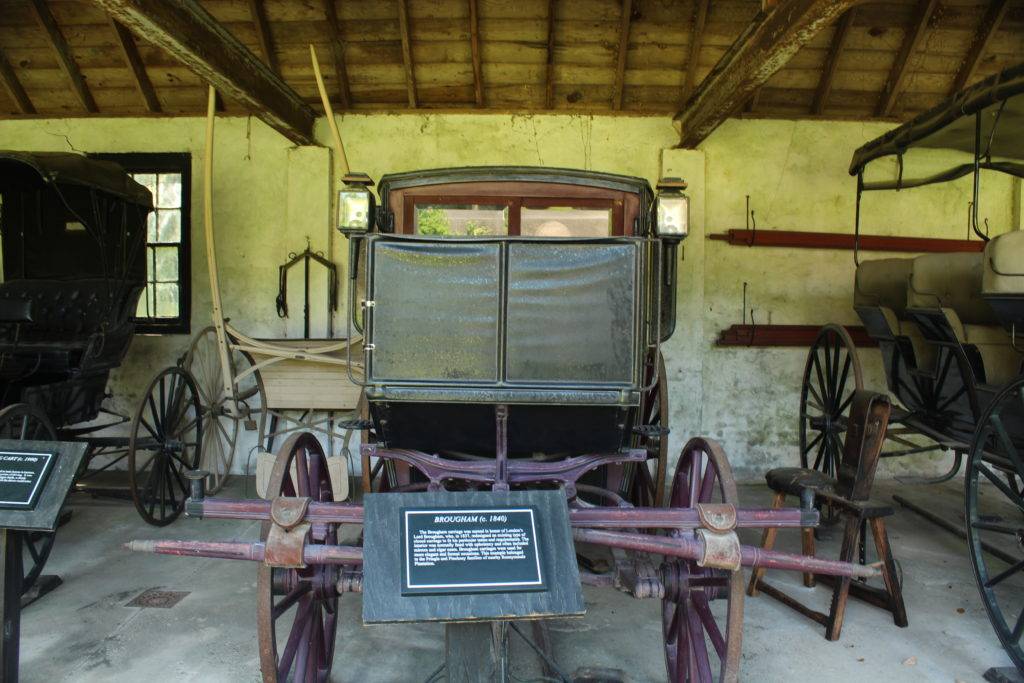
Closing Thoughts on Middleton Place
Whoo! That was a lot to cover! It’s really impossible to do this amazing place justice in one blog post, but I hope you’ve gotten enough of a taste to plan a visit someday soon!
You can also watch my YouTube video for more extensive footage of the grounds, gardens, and animals. This place had so many sweeping vistas!
If you’re interested in visiting, tickets to the grounds, gardens, and stables are $29 per adult ($26 if you purchase online). They include guided garden tours, livestock tours, and a presentation on “Enslavement at Middleton Place.” The house tour is an additional $12. Of course, if you stay at the inn, all of this is free with your room!
If you have any questions for me, please feel free to ask below! We learned so much on our visit, and I really couldn’t cover it all in one post, but I’m happy to expound on anything you might be curious about. And if you think you’d like to visit after reading this, drop a note below and make my day! 🙂
Don’t forget that you can subscribe to the blog to get notified whenever a new adventure drops, and follow my excursions on social media, as well! I’d love to have you join our growing community!
Finally, please take a second to share this post with your friends by email or social media using the buttons below. It would mean the world to me!
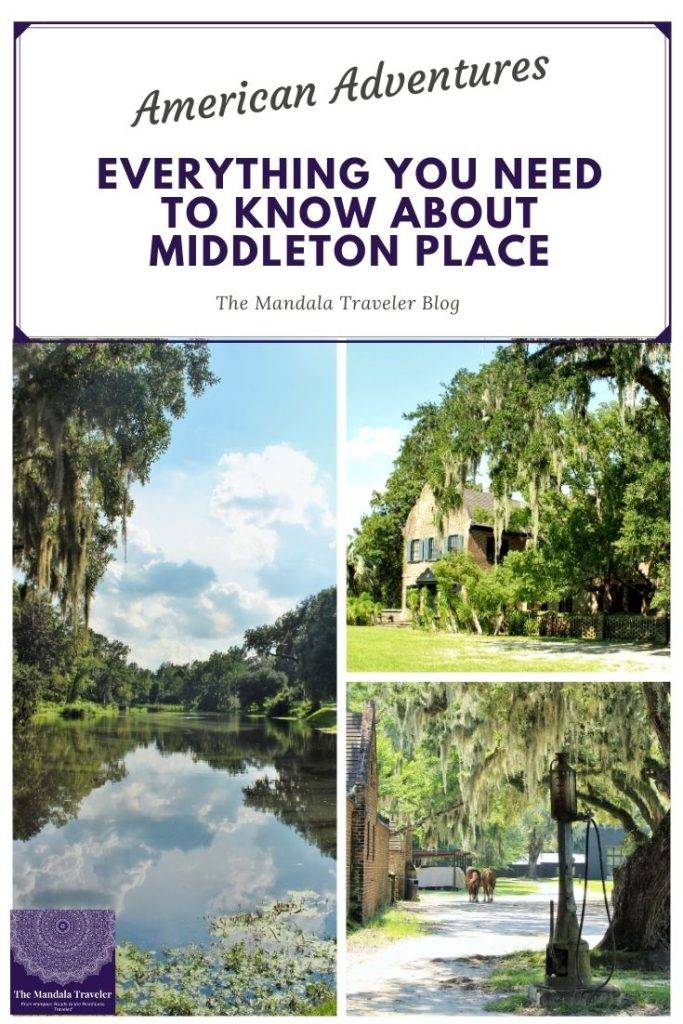
Thanks for reading, and I hope you’ll be back for more next week!
Happy travels!

